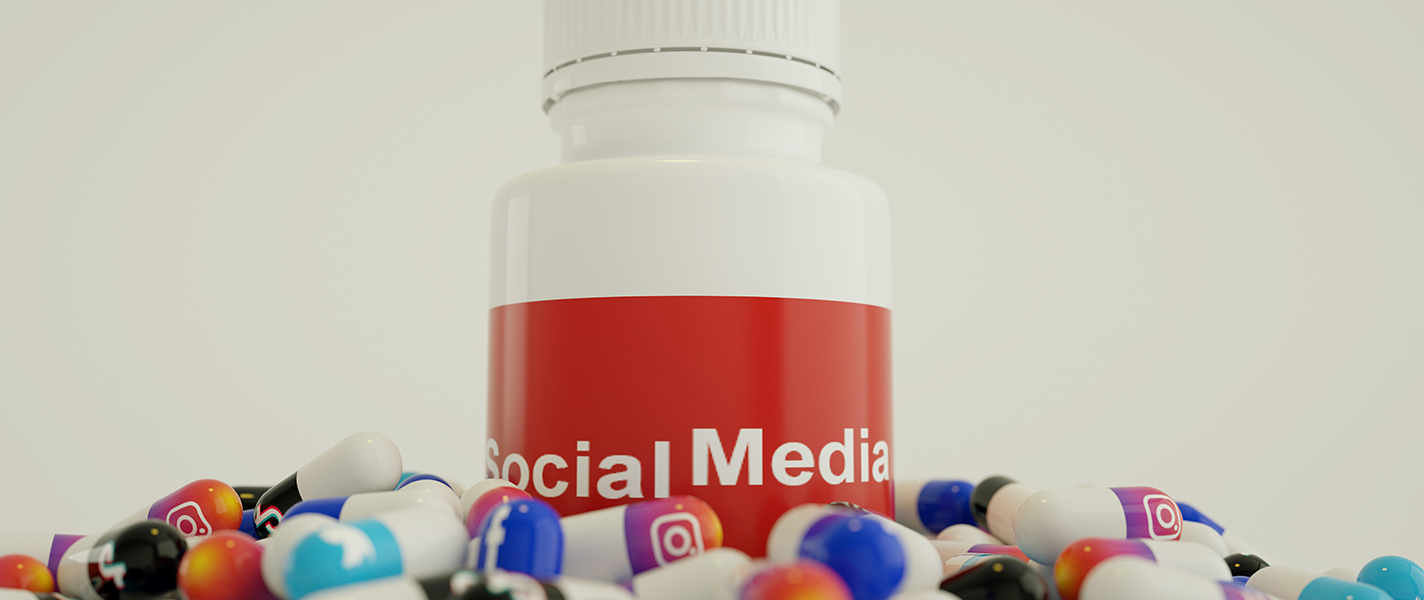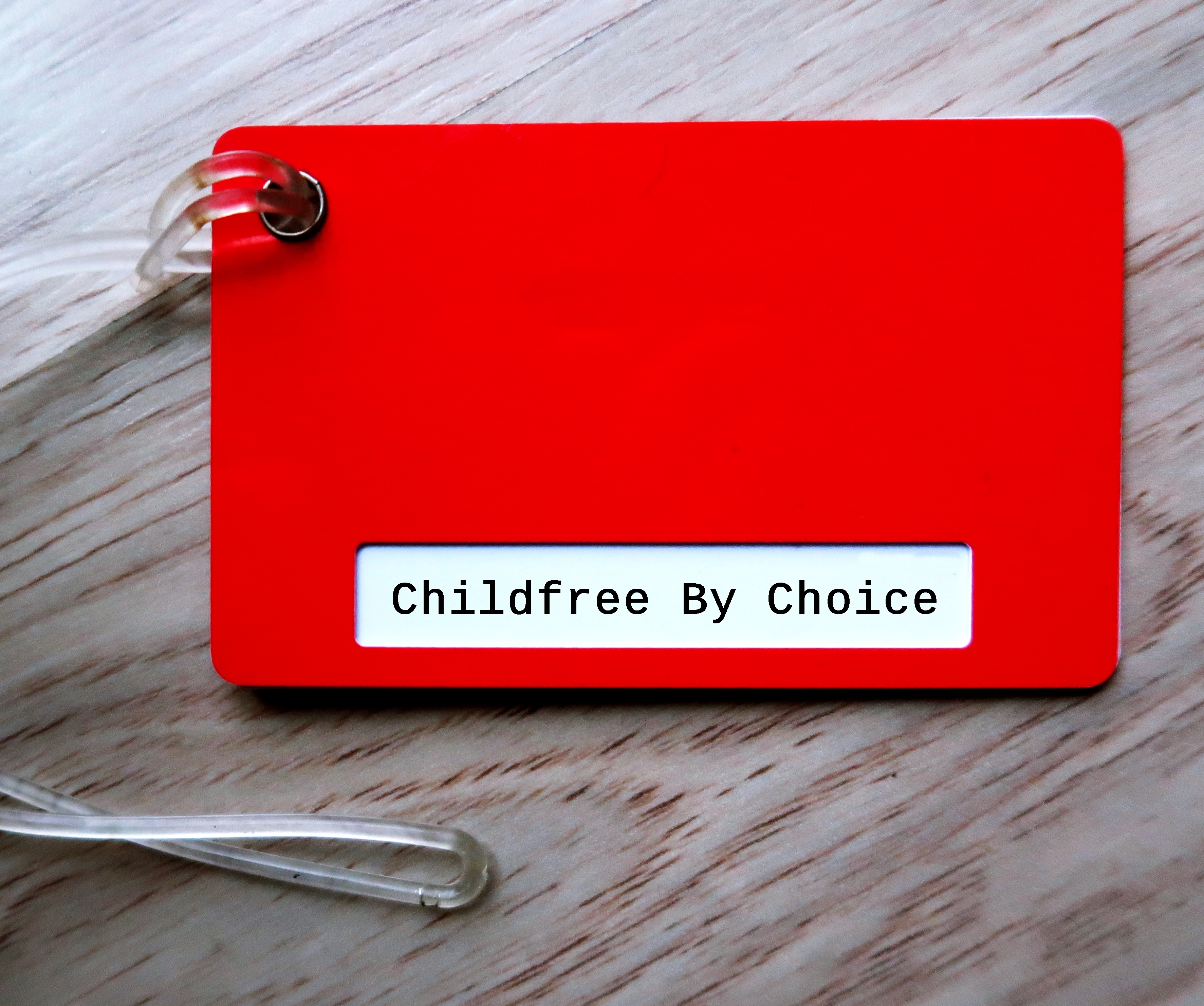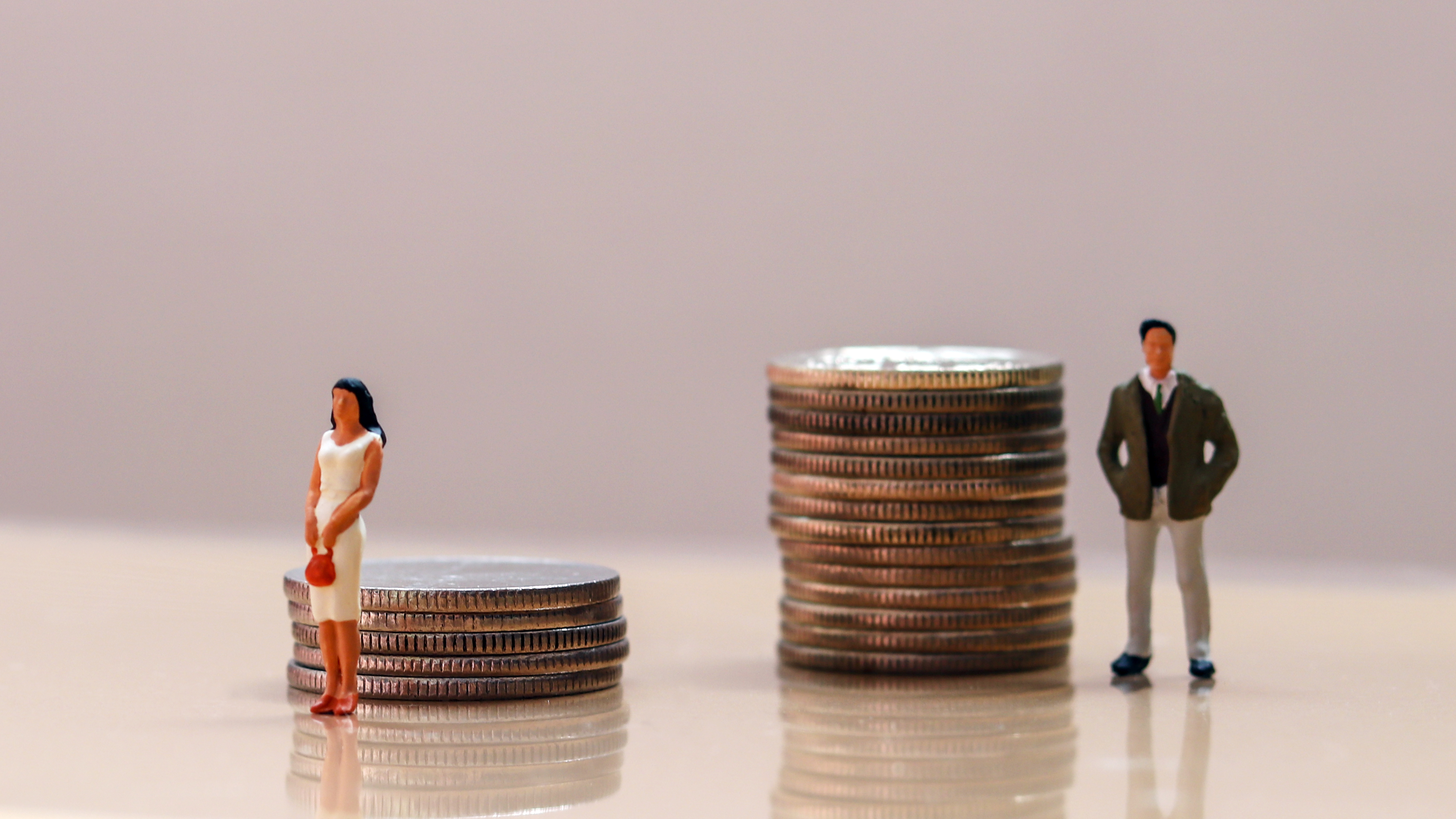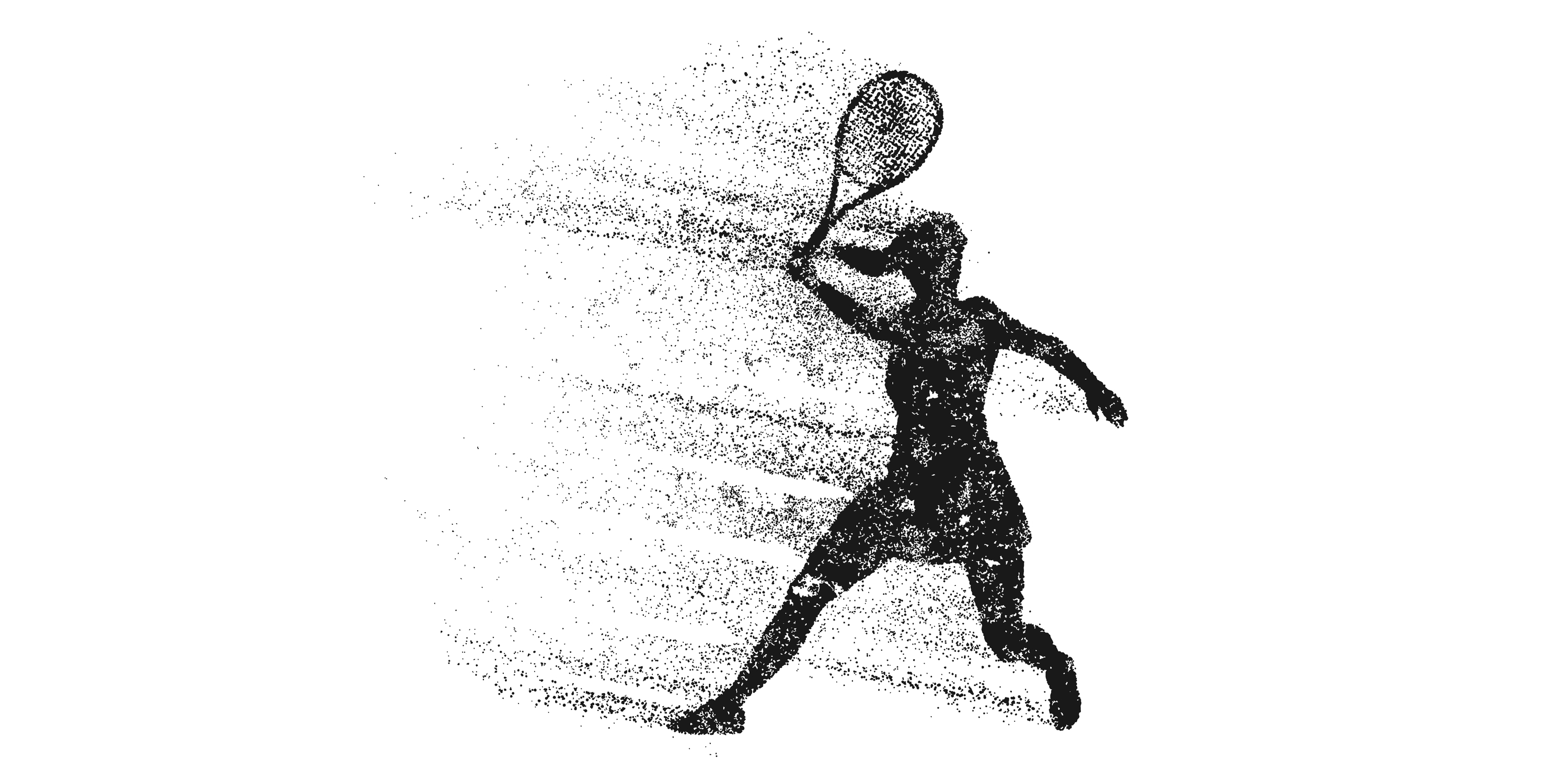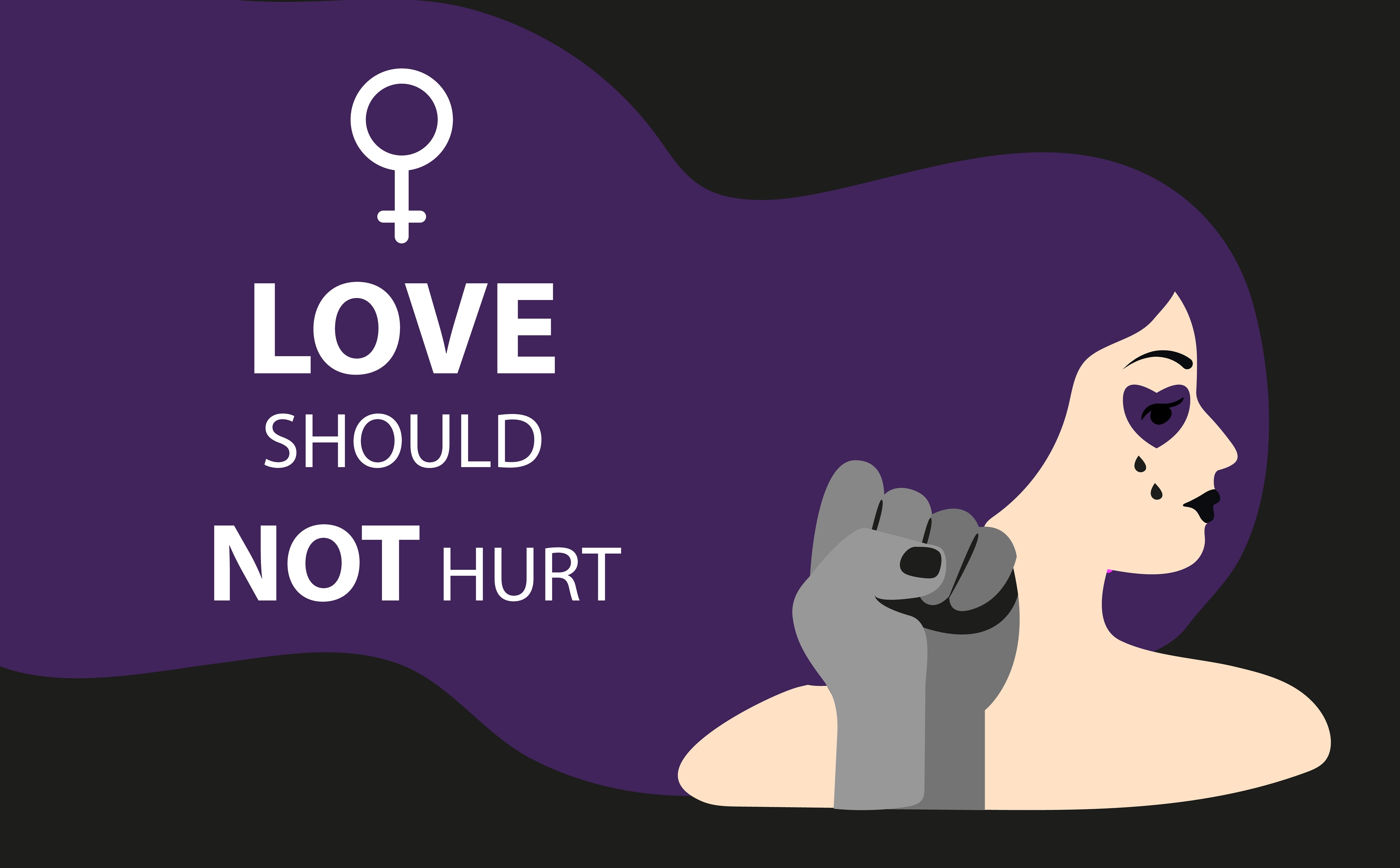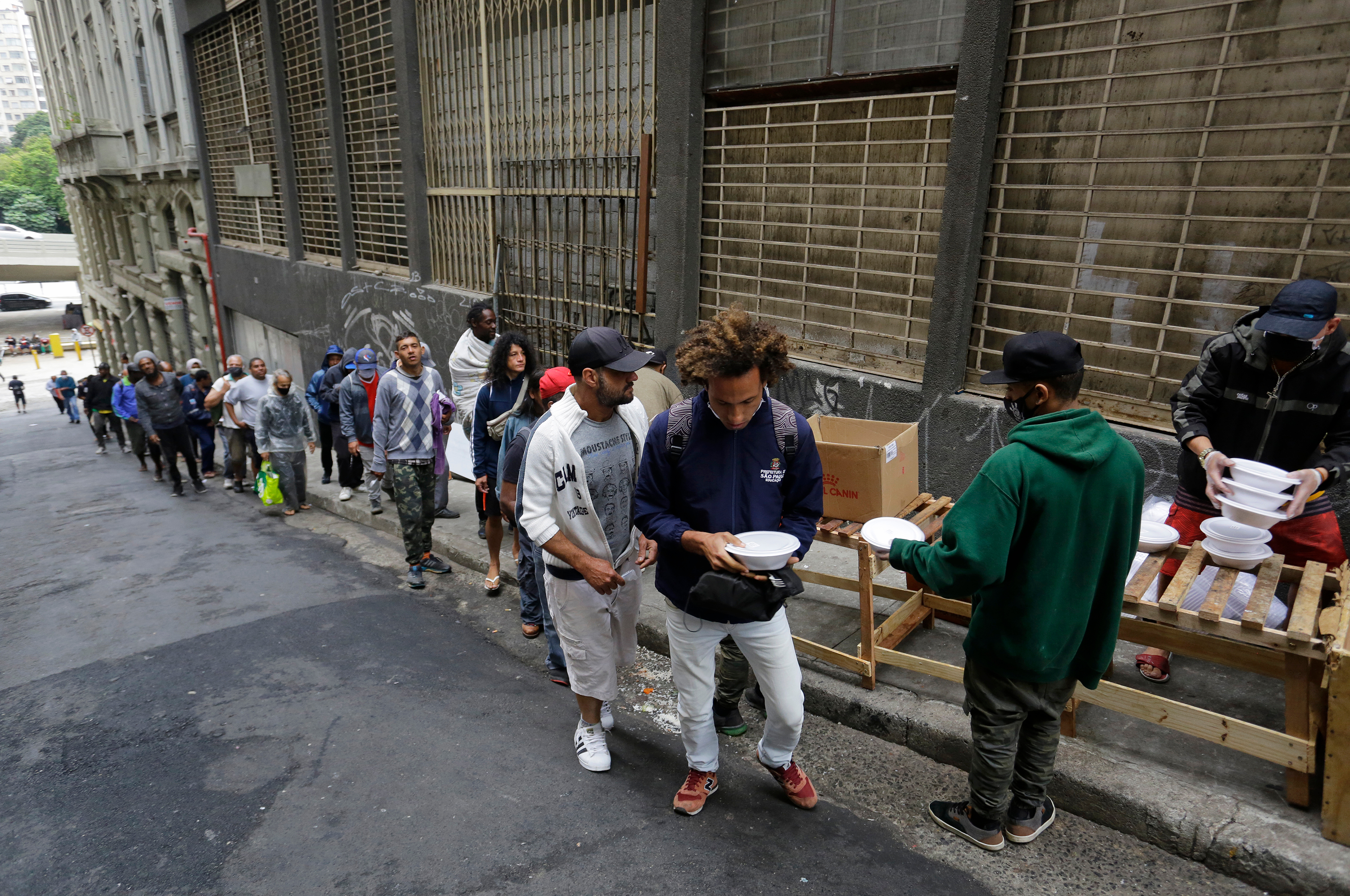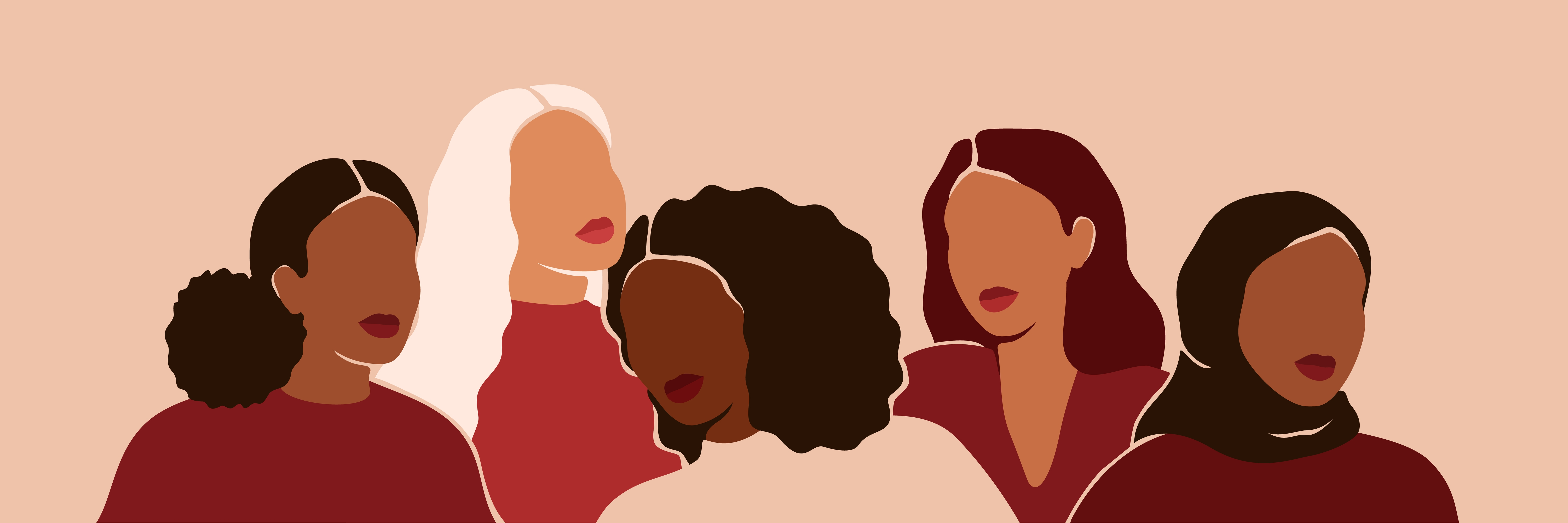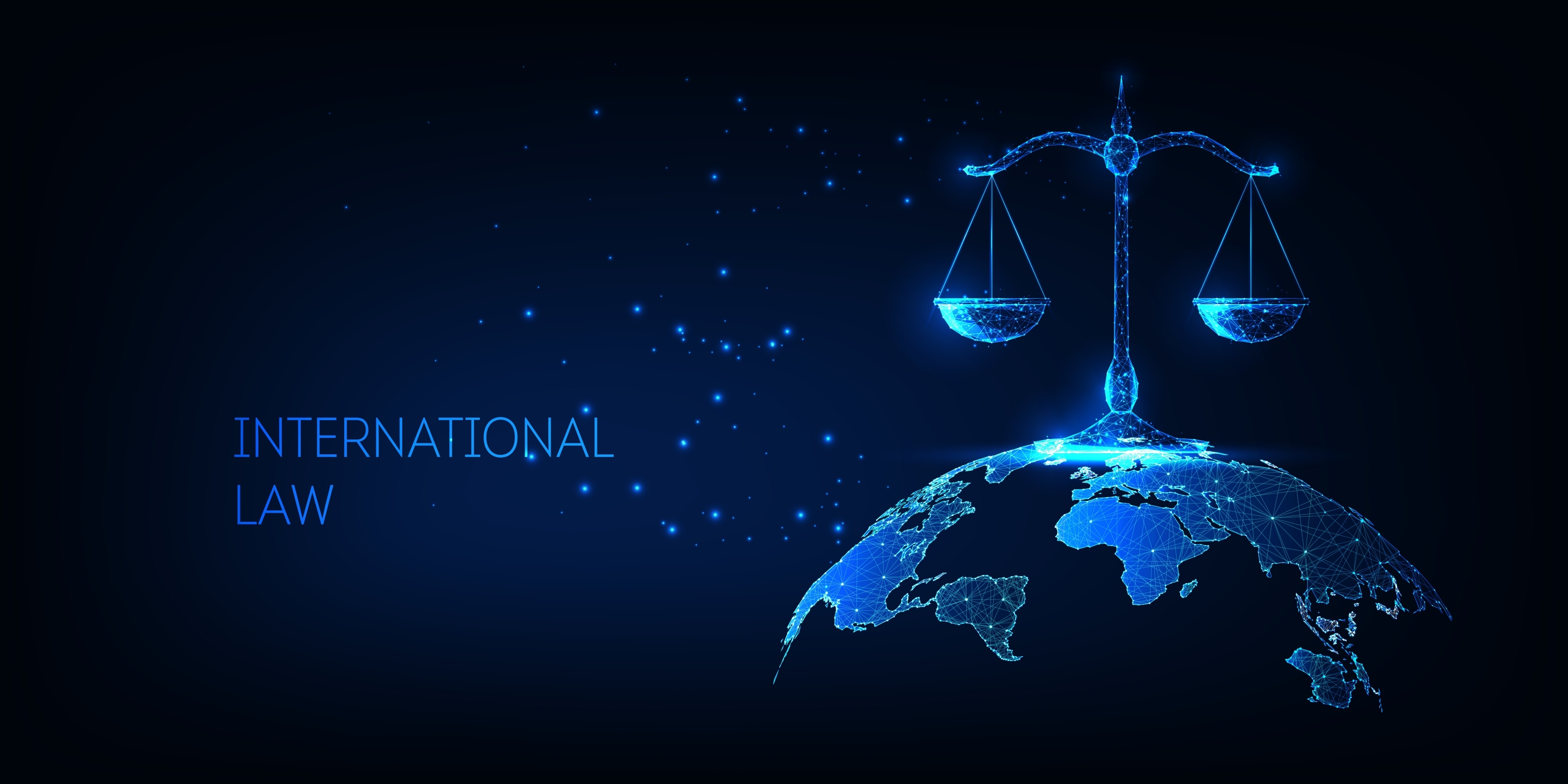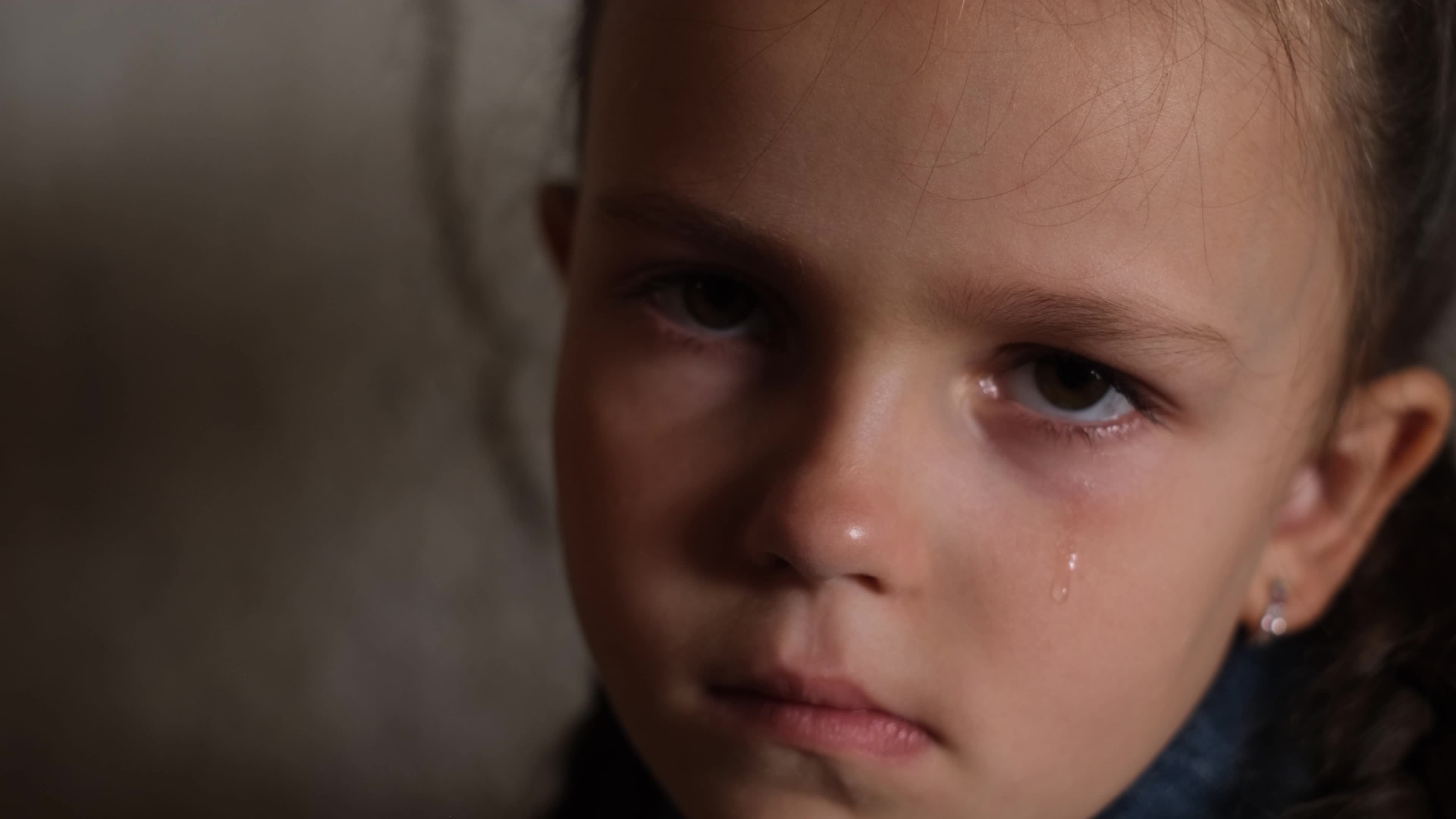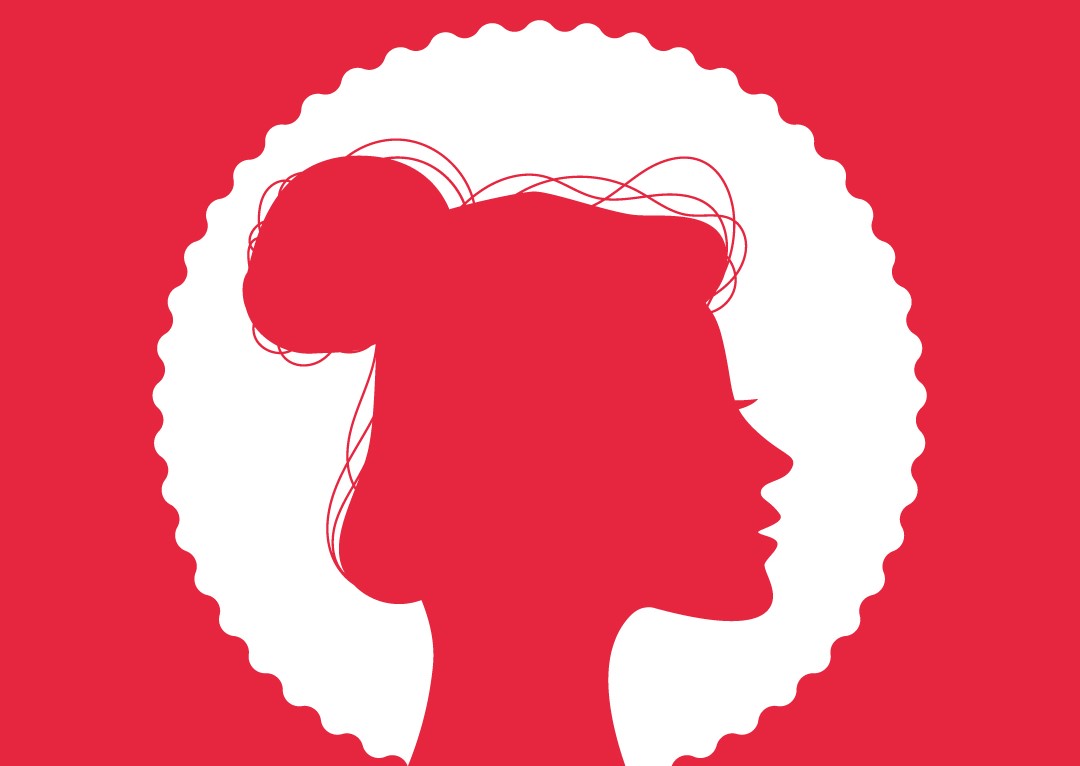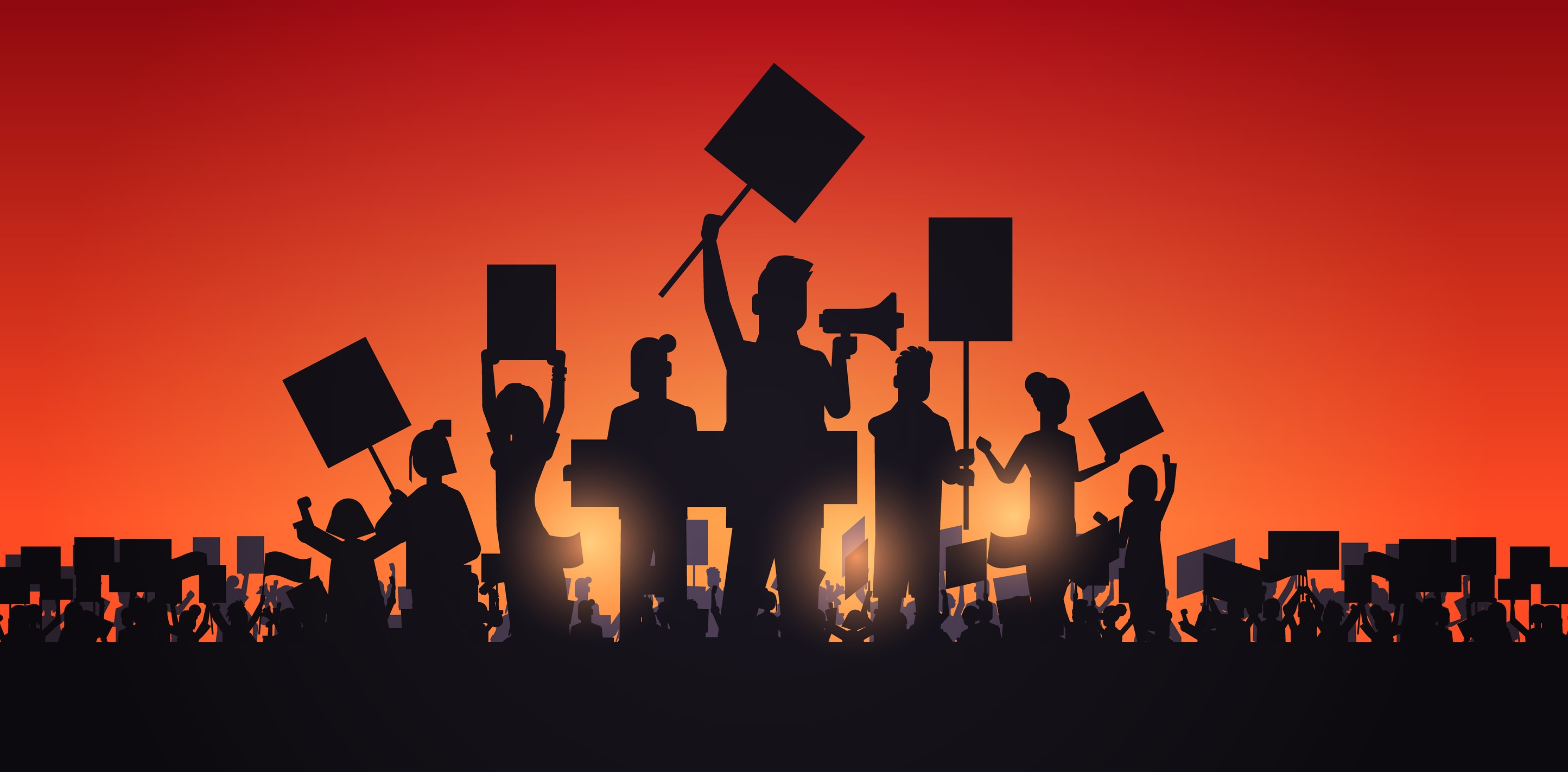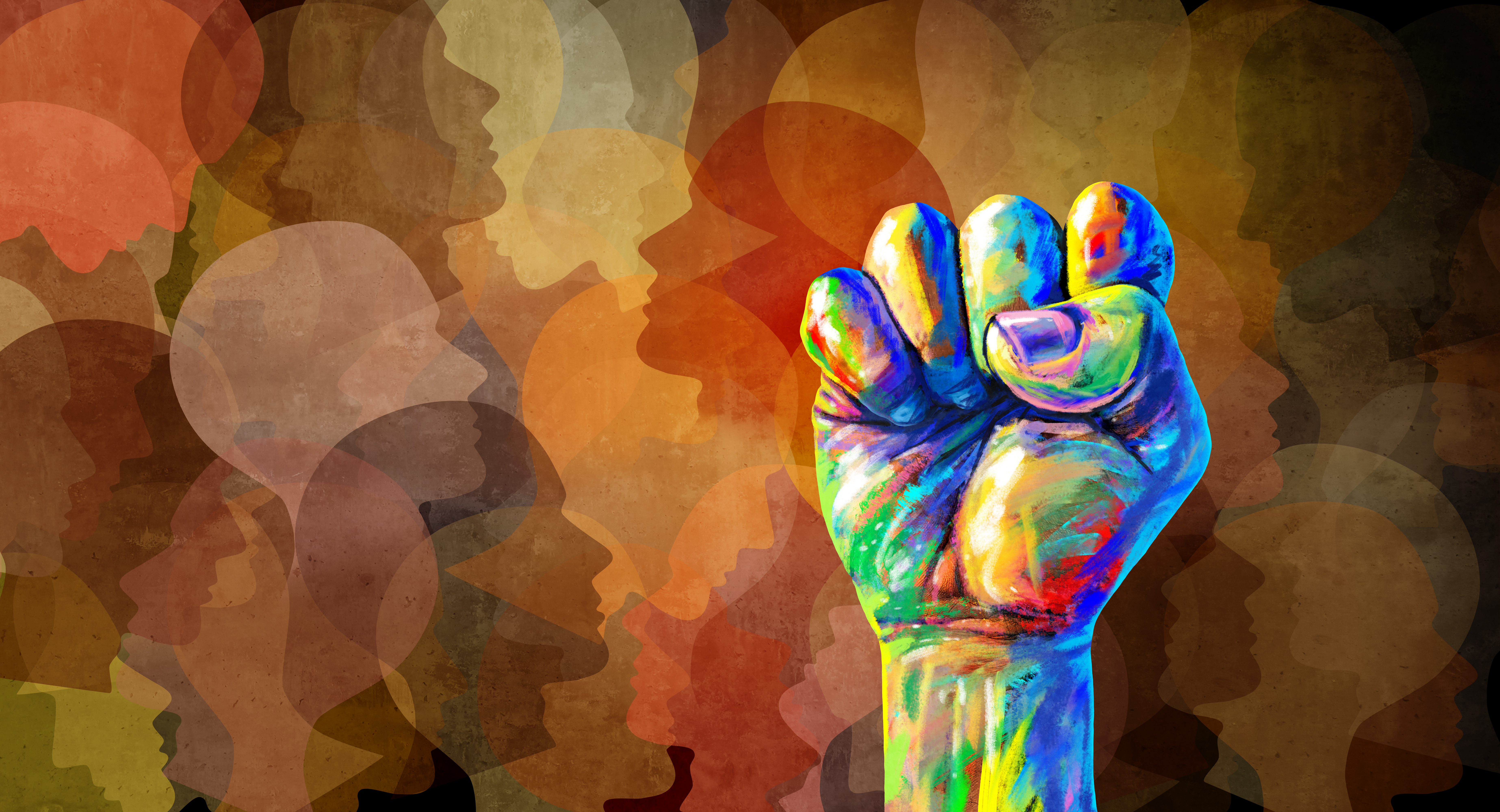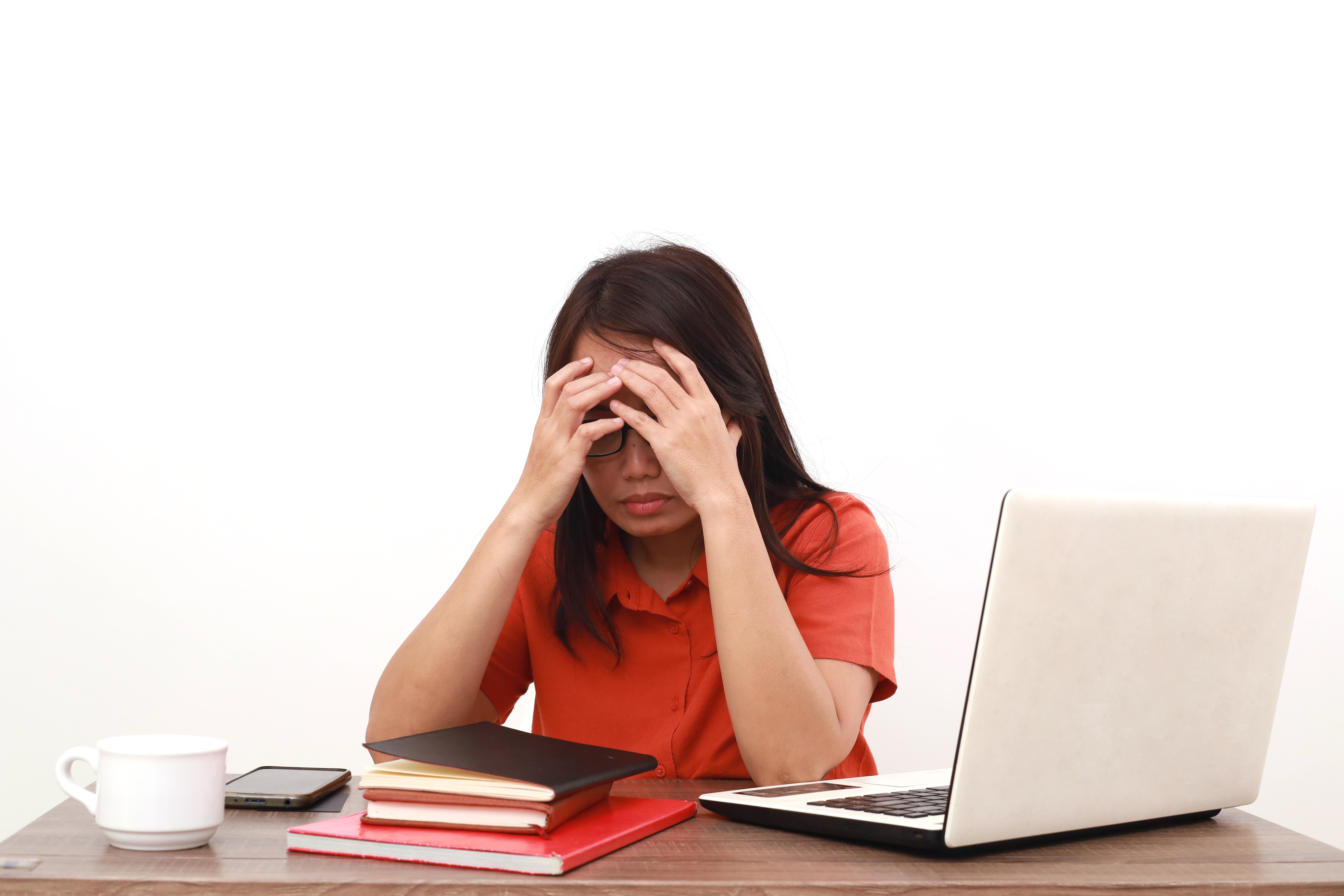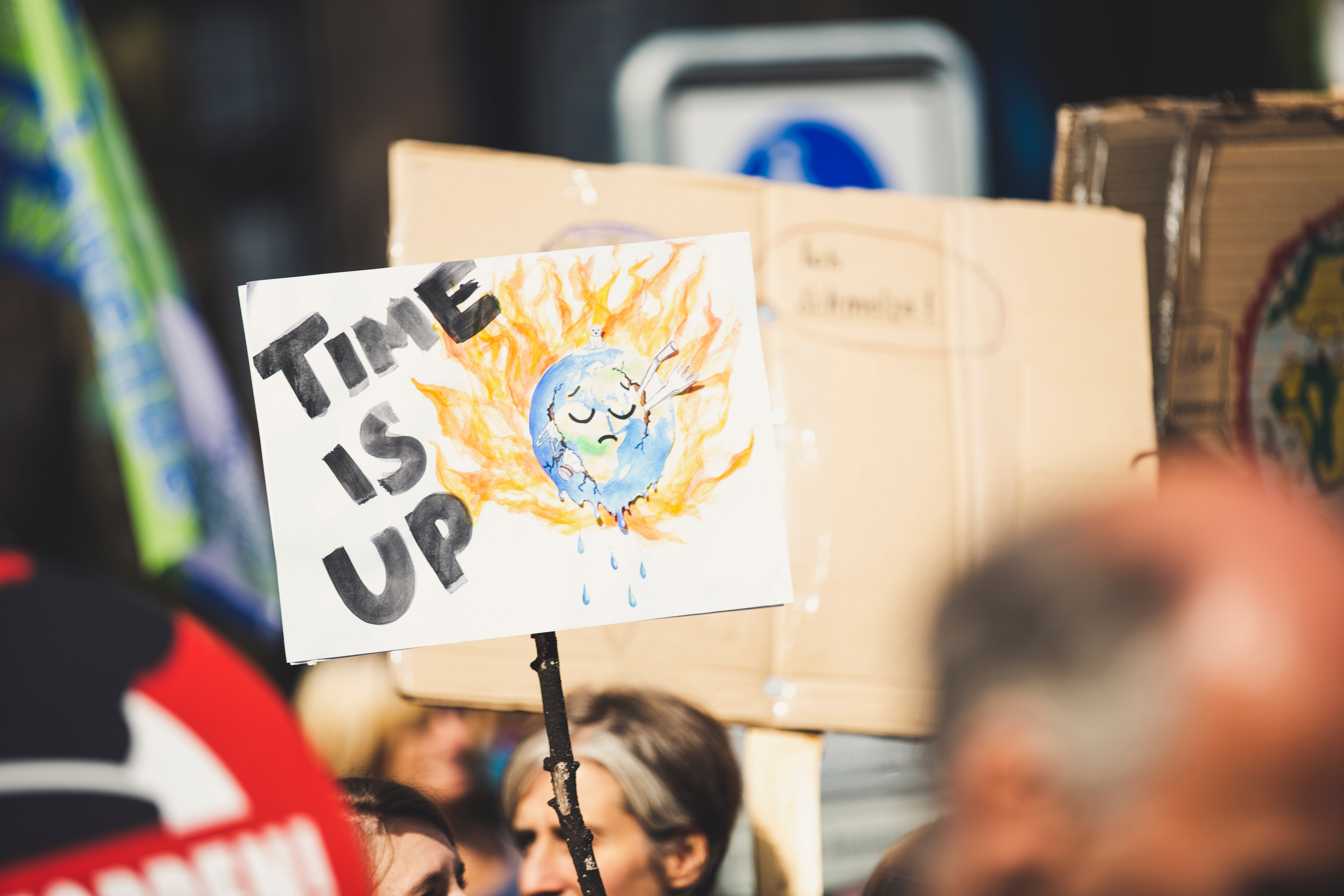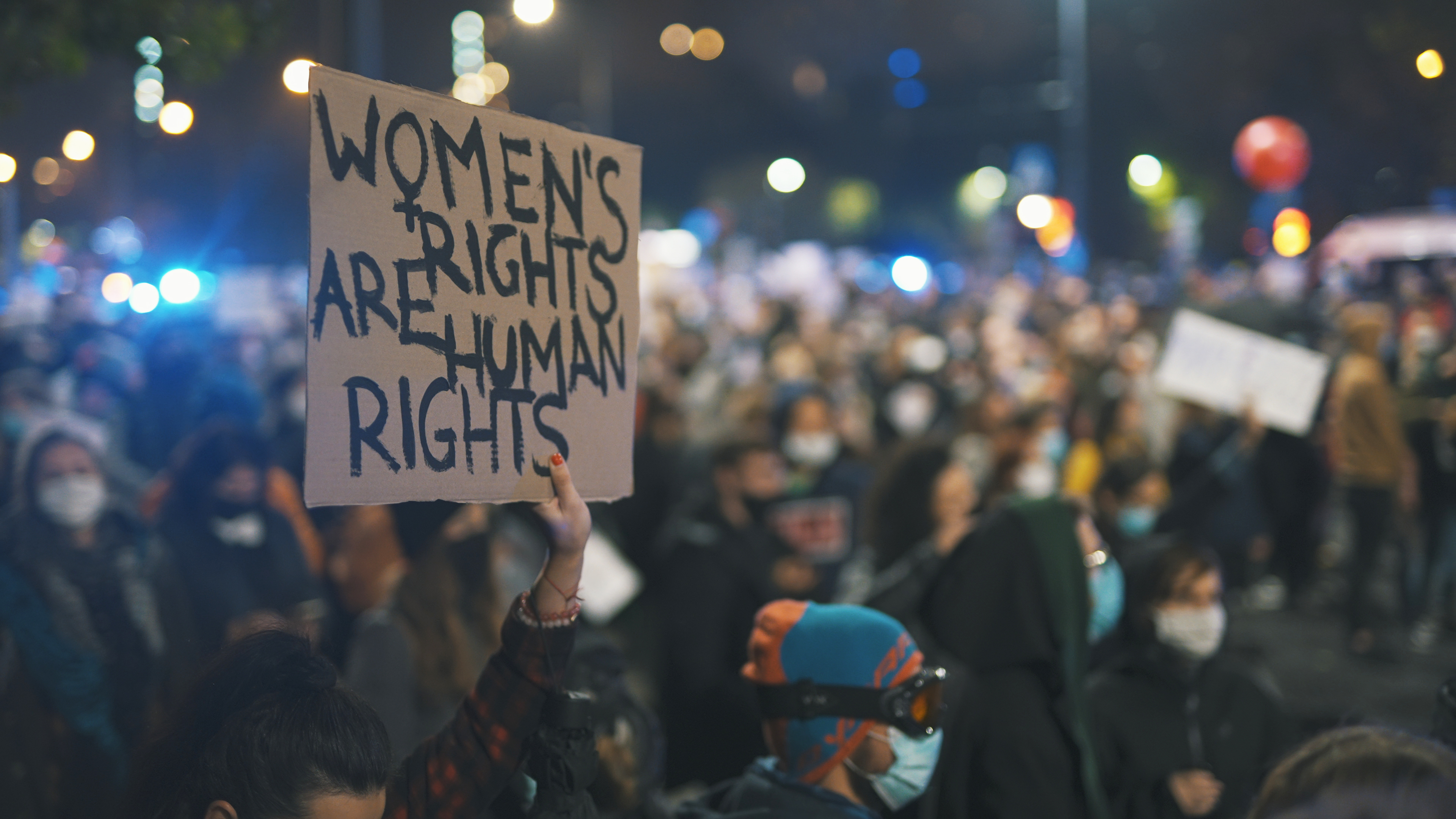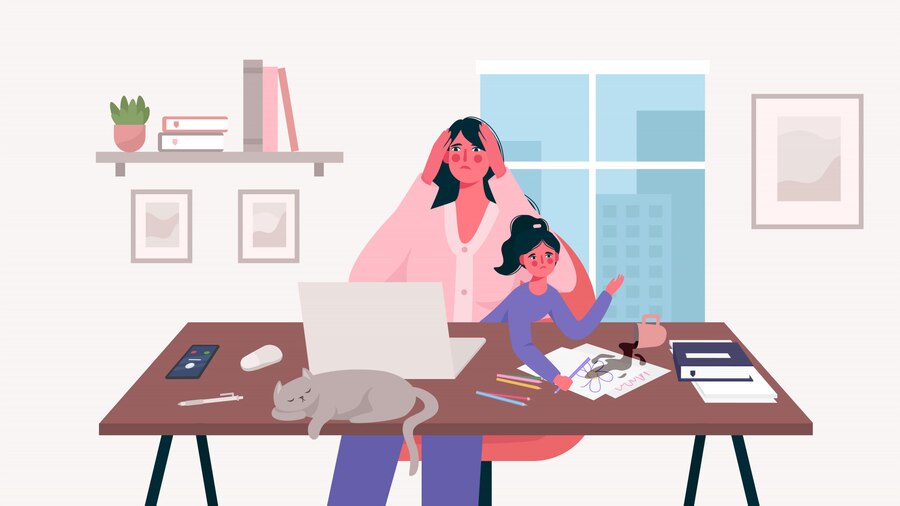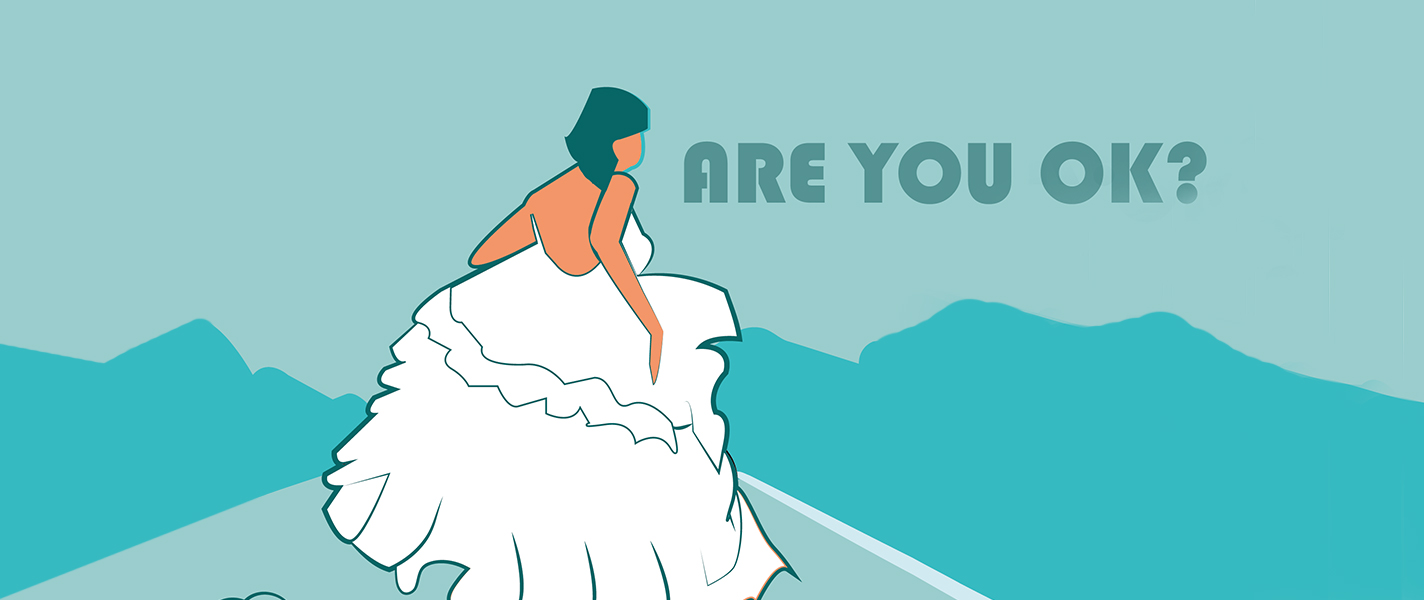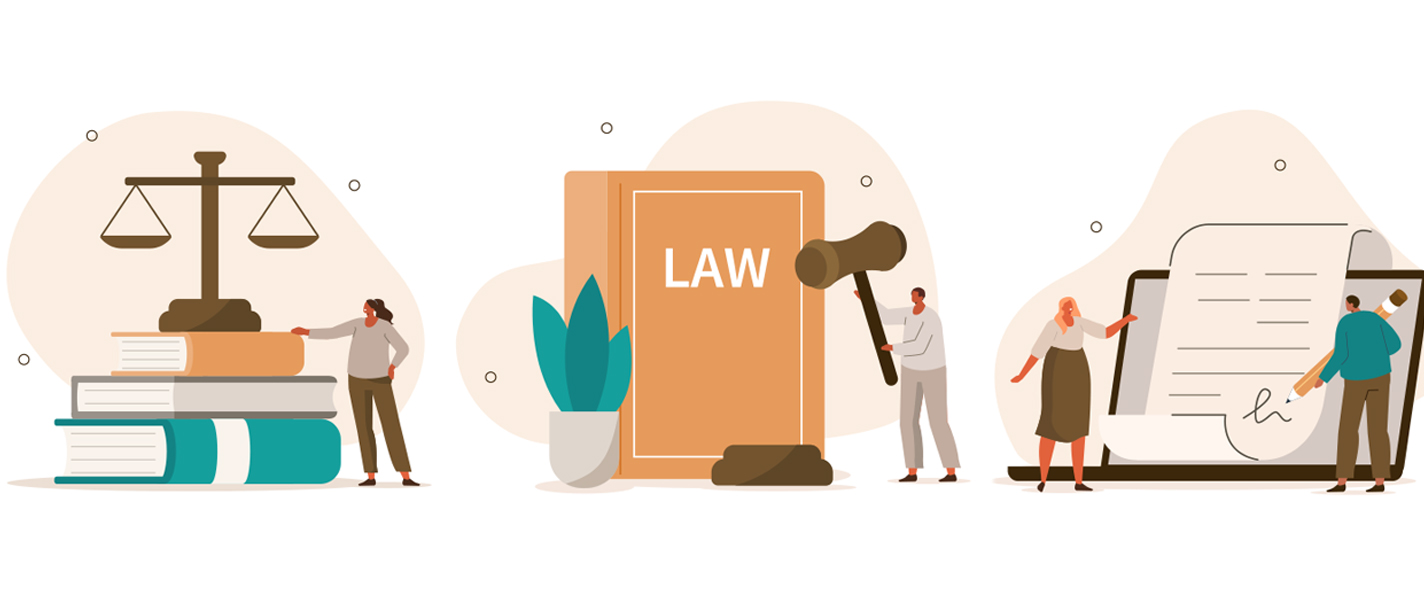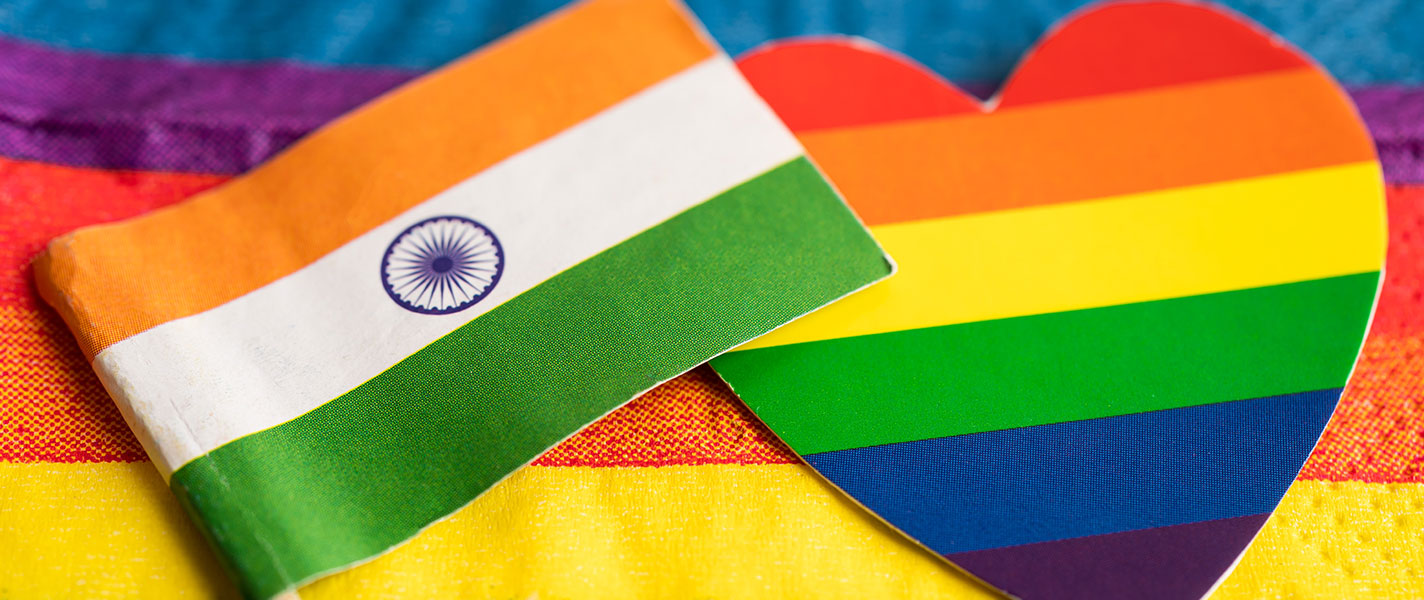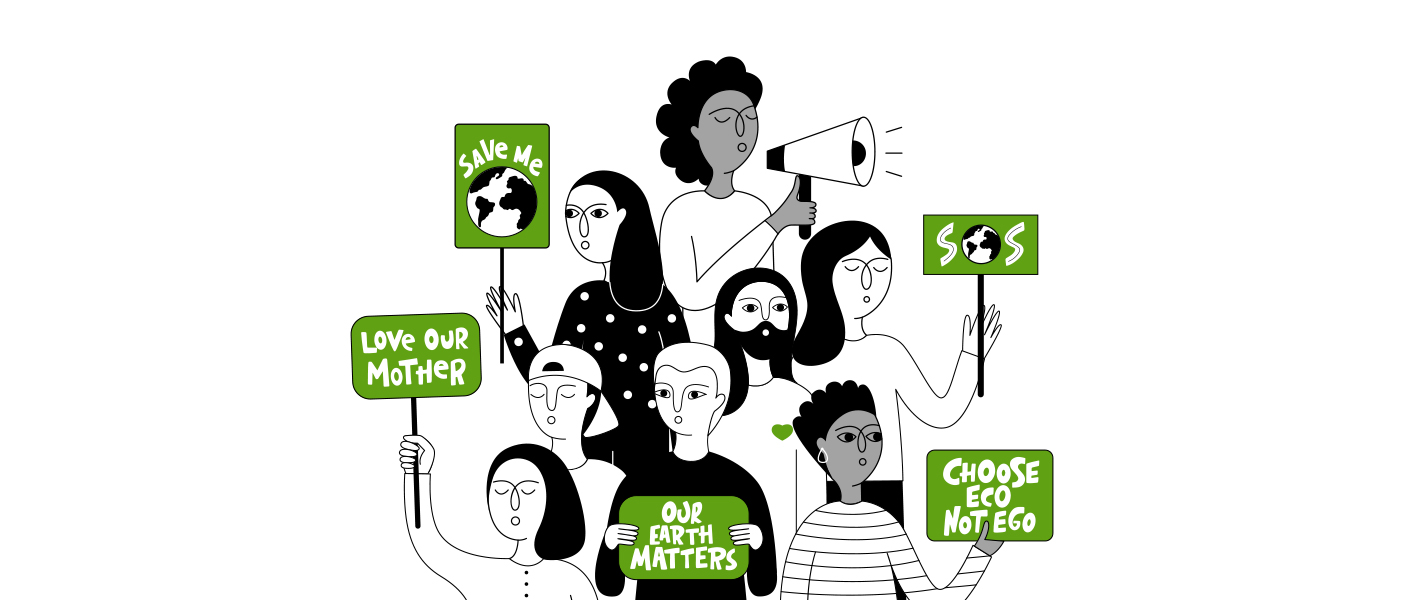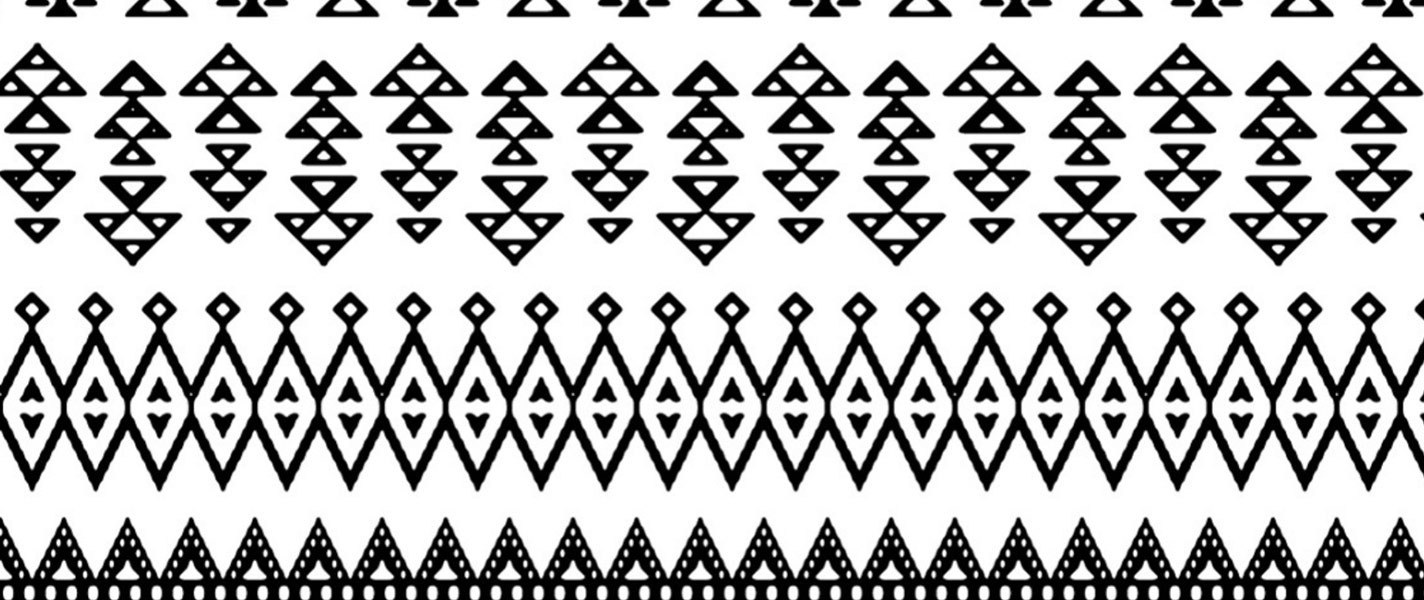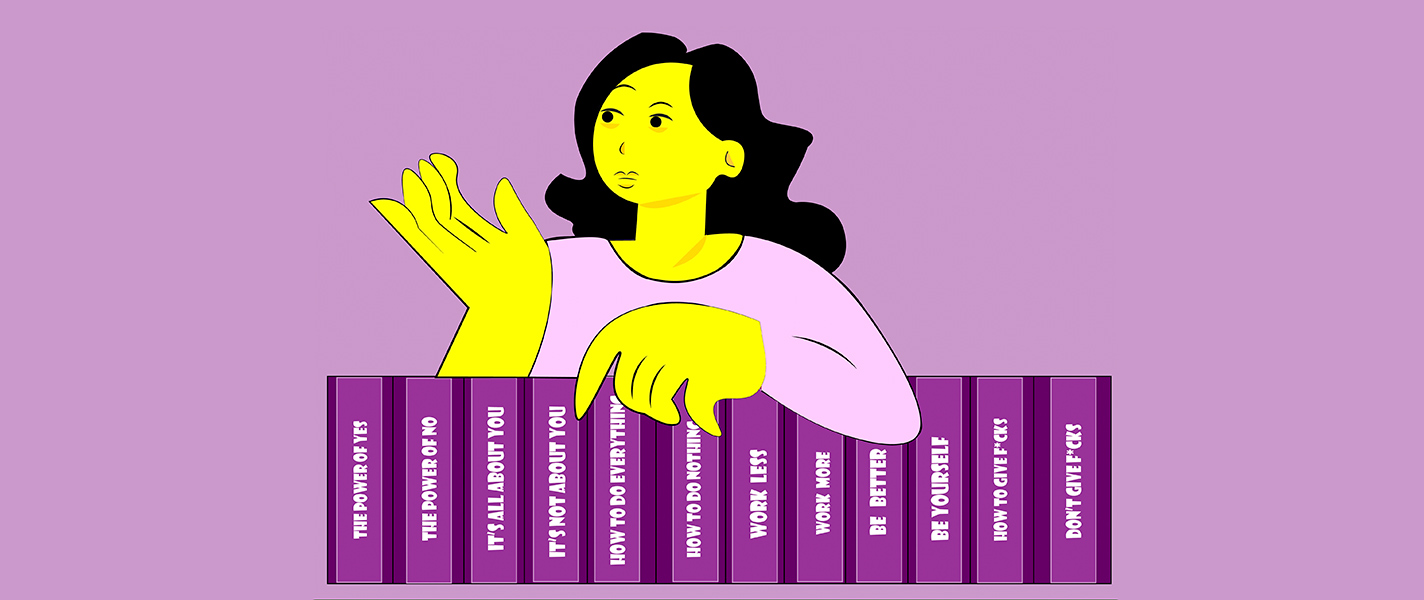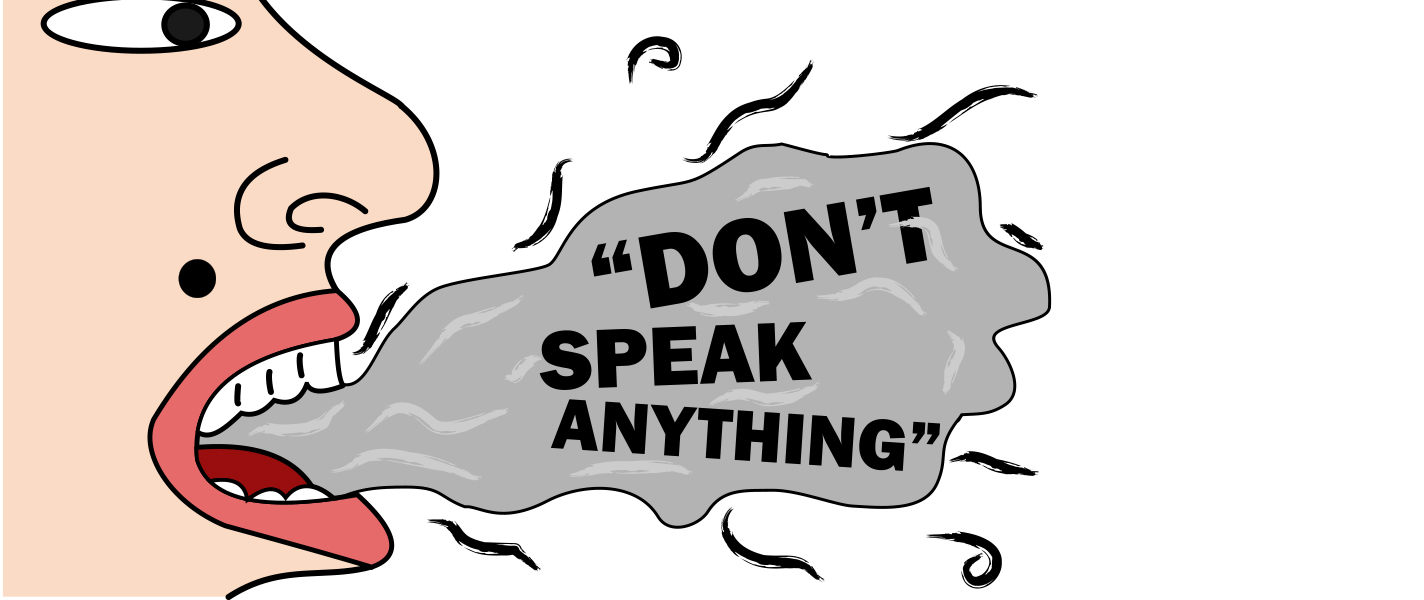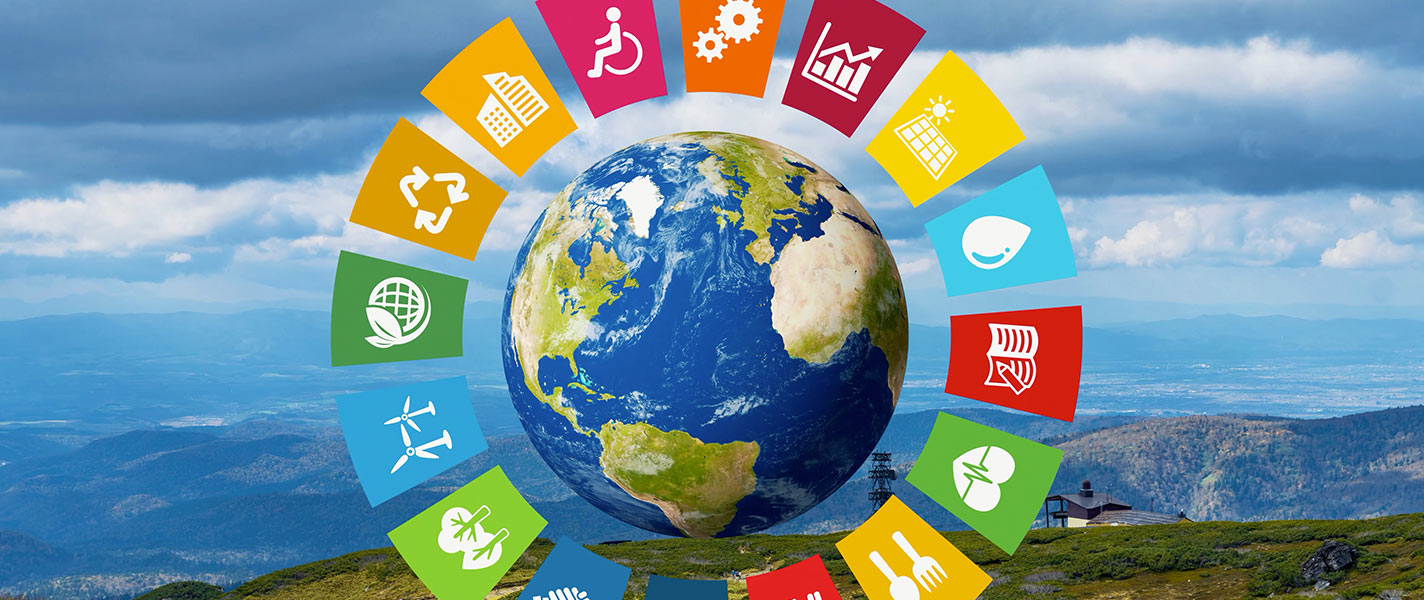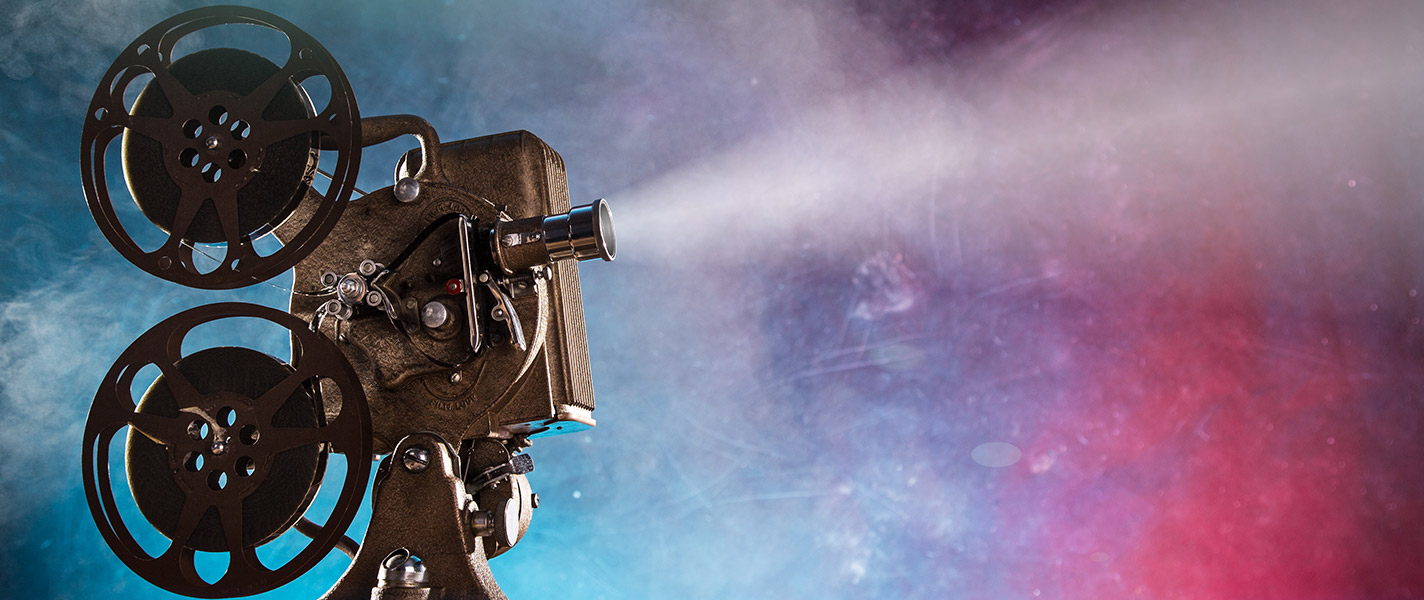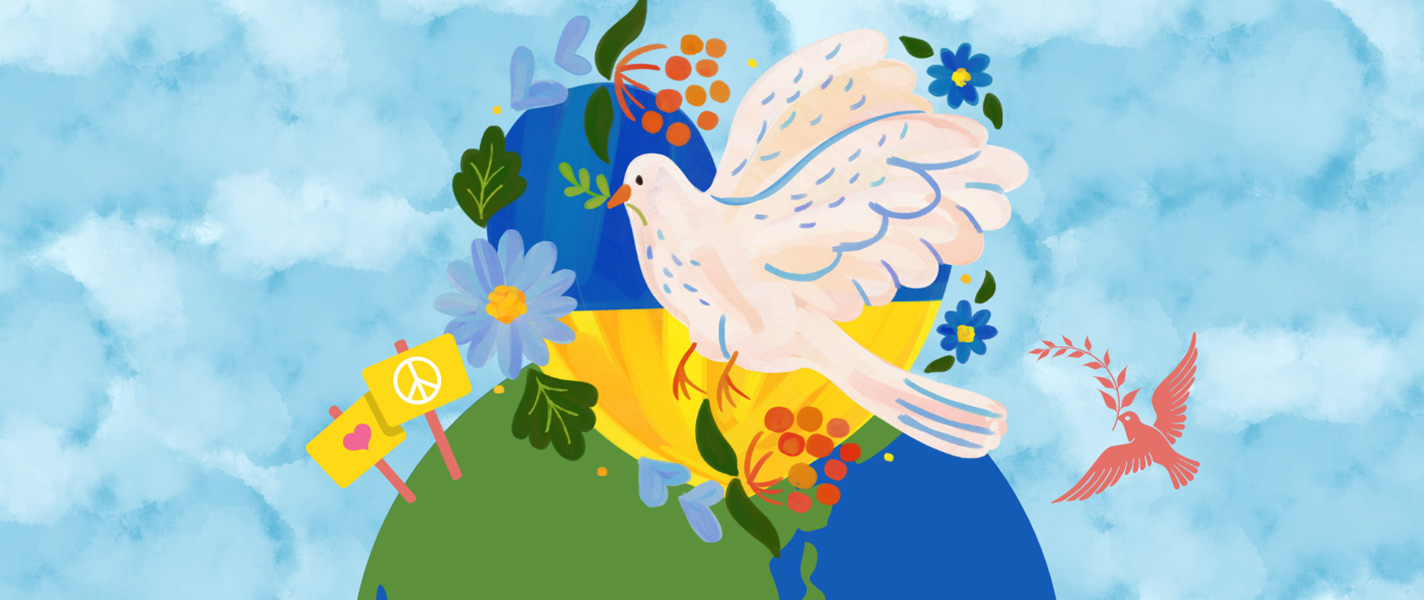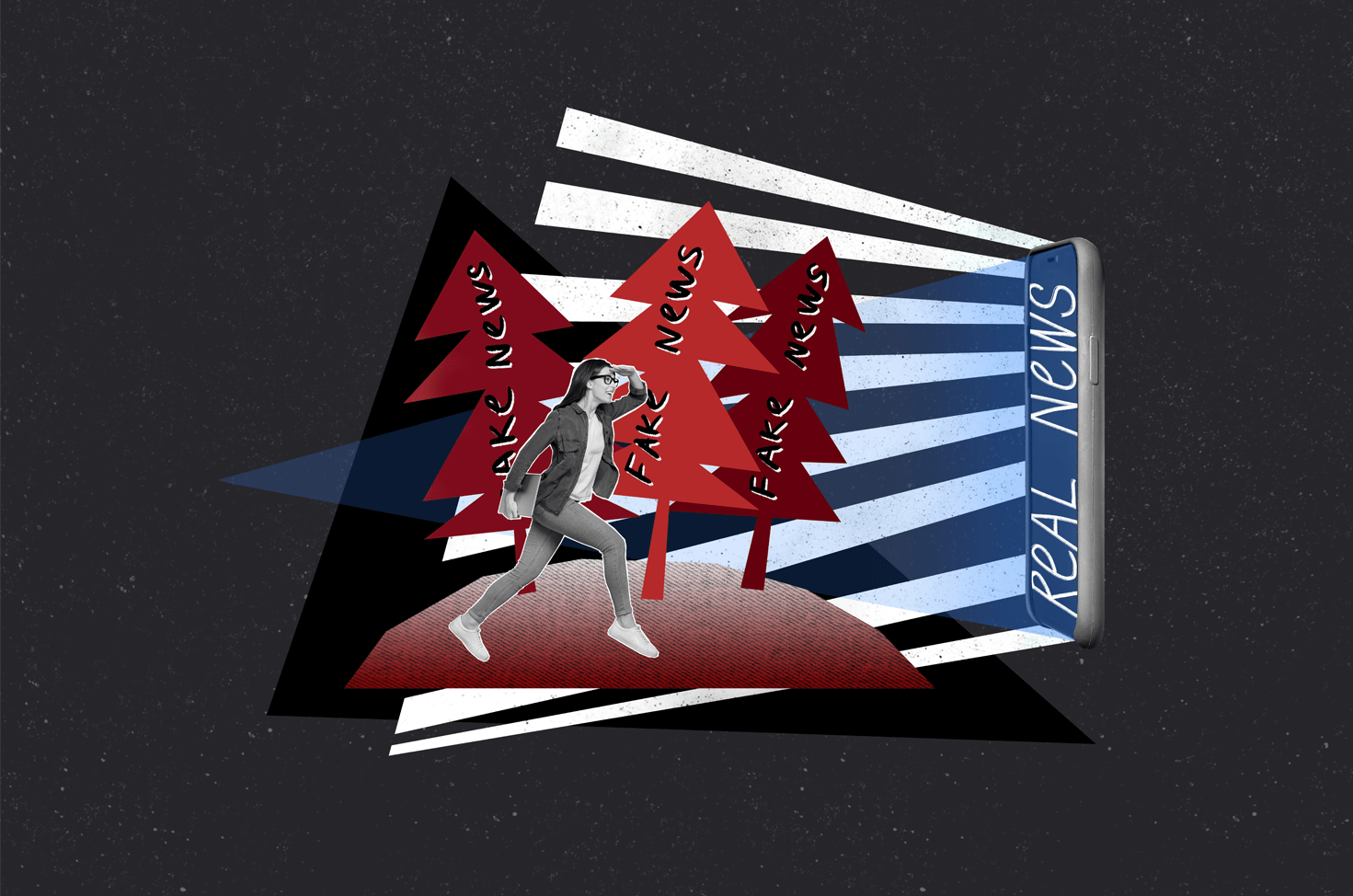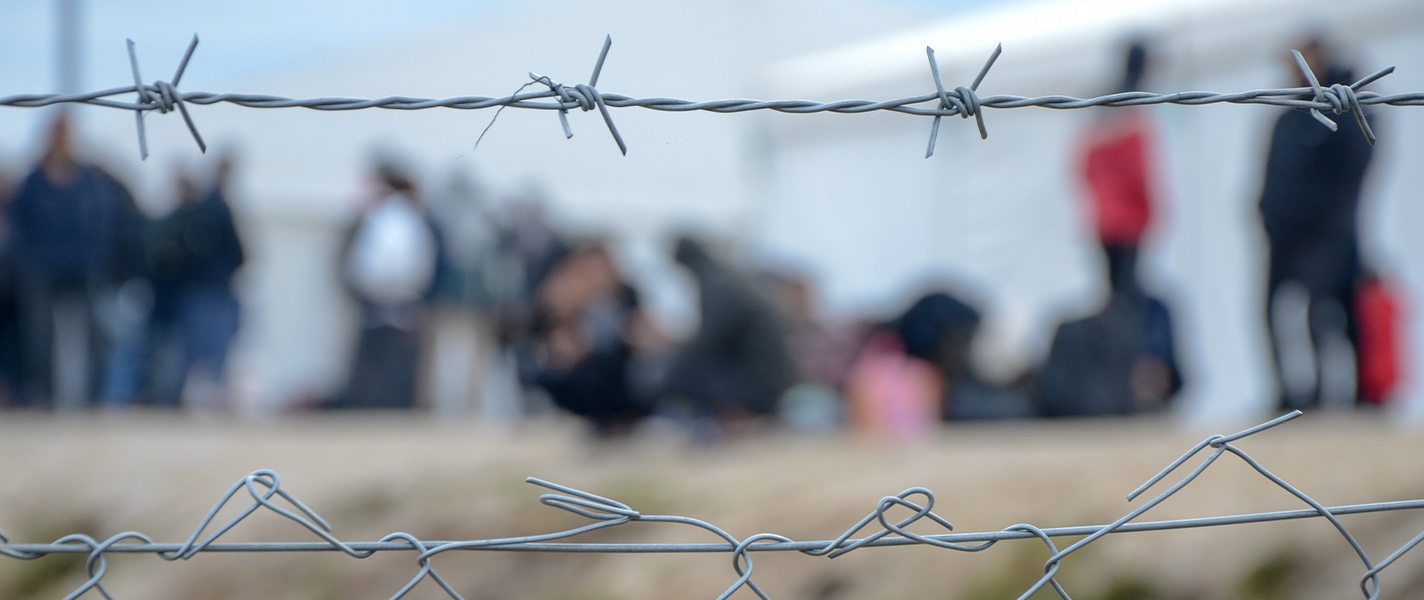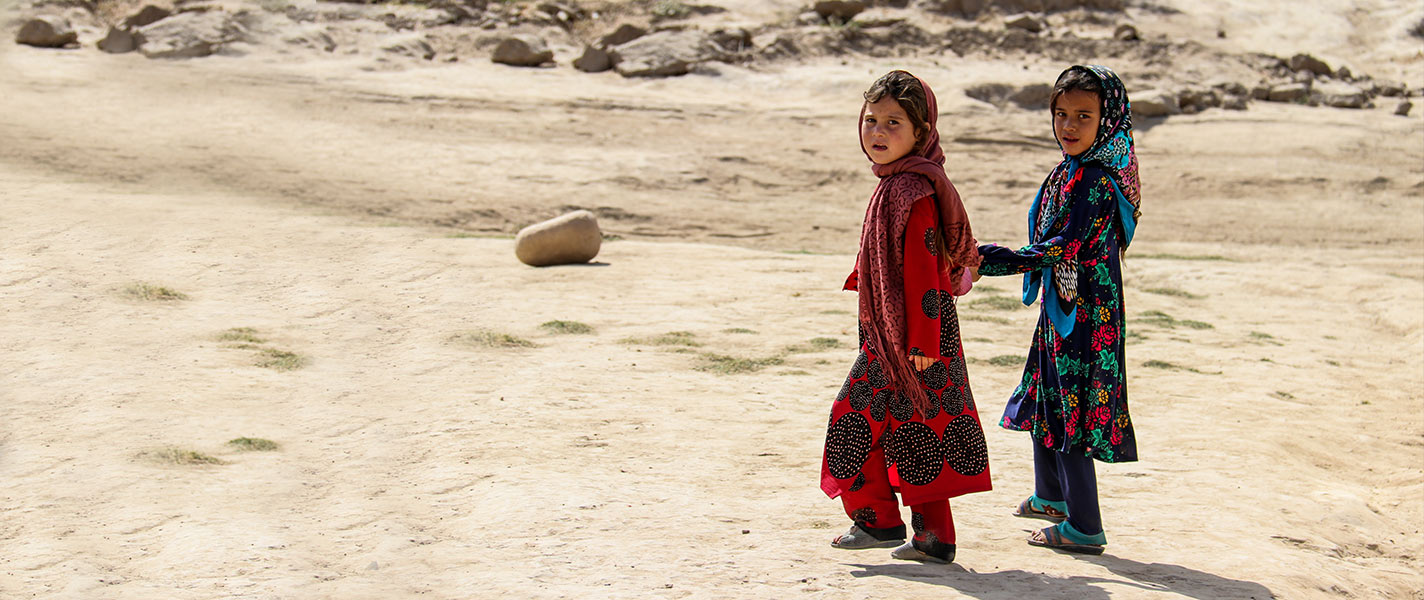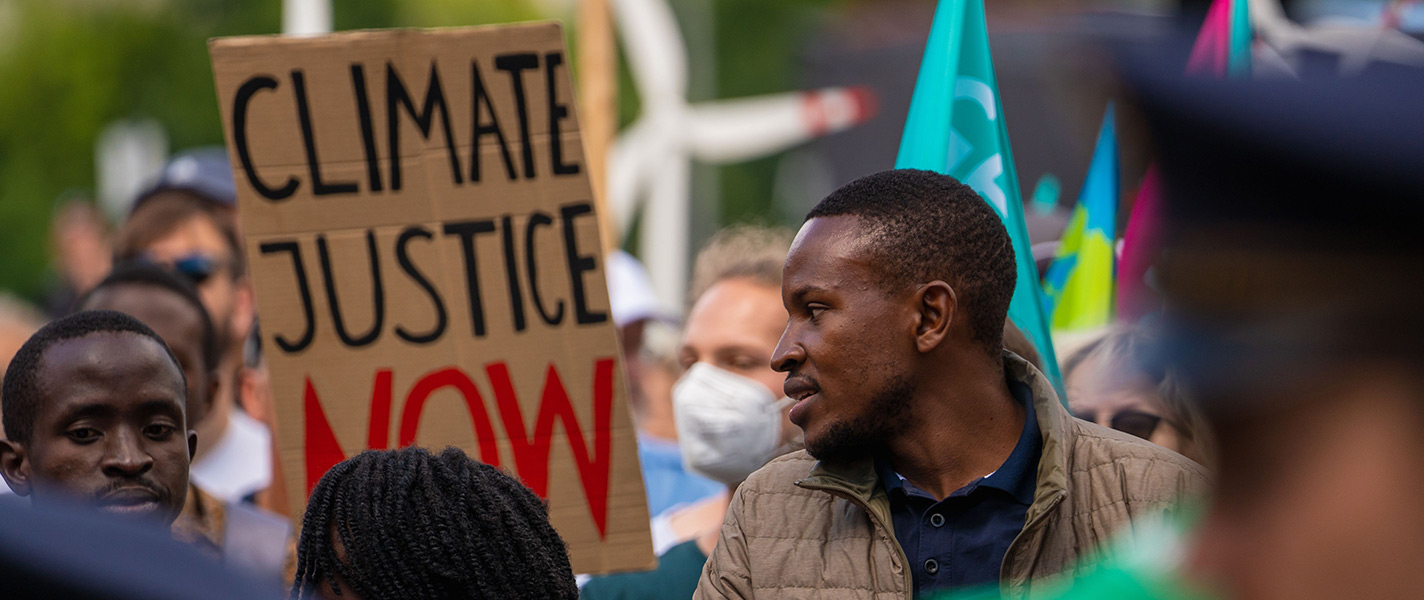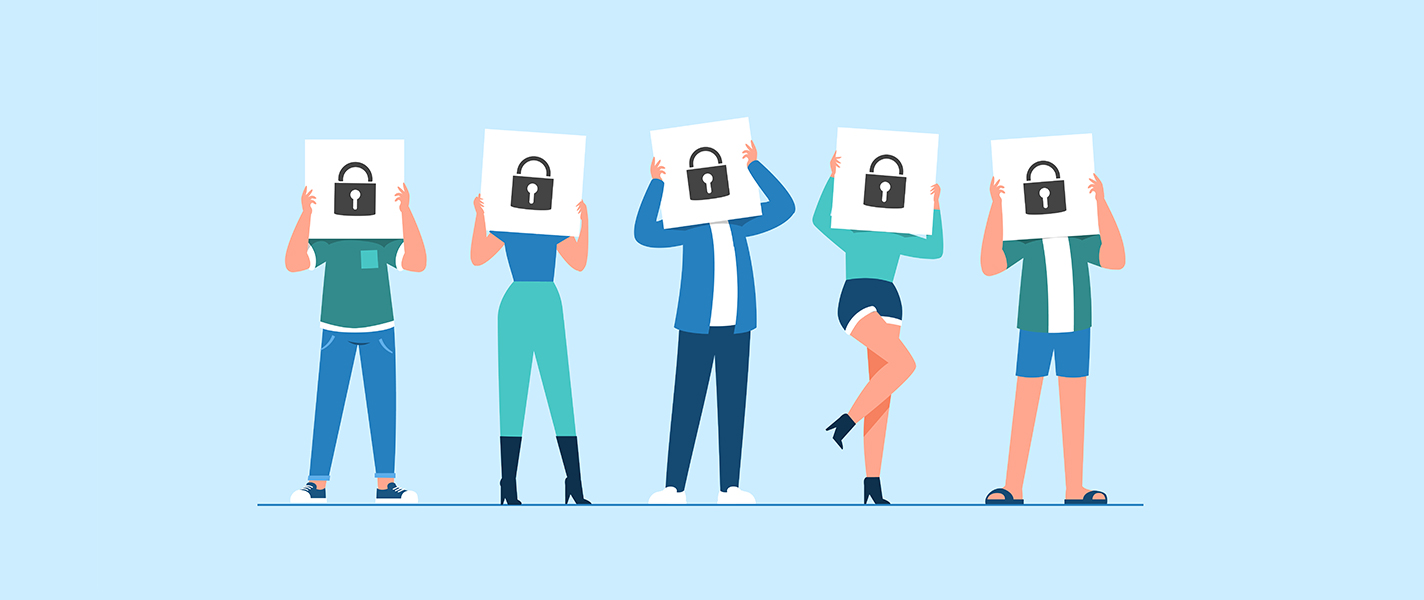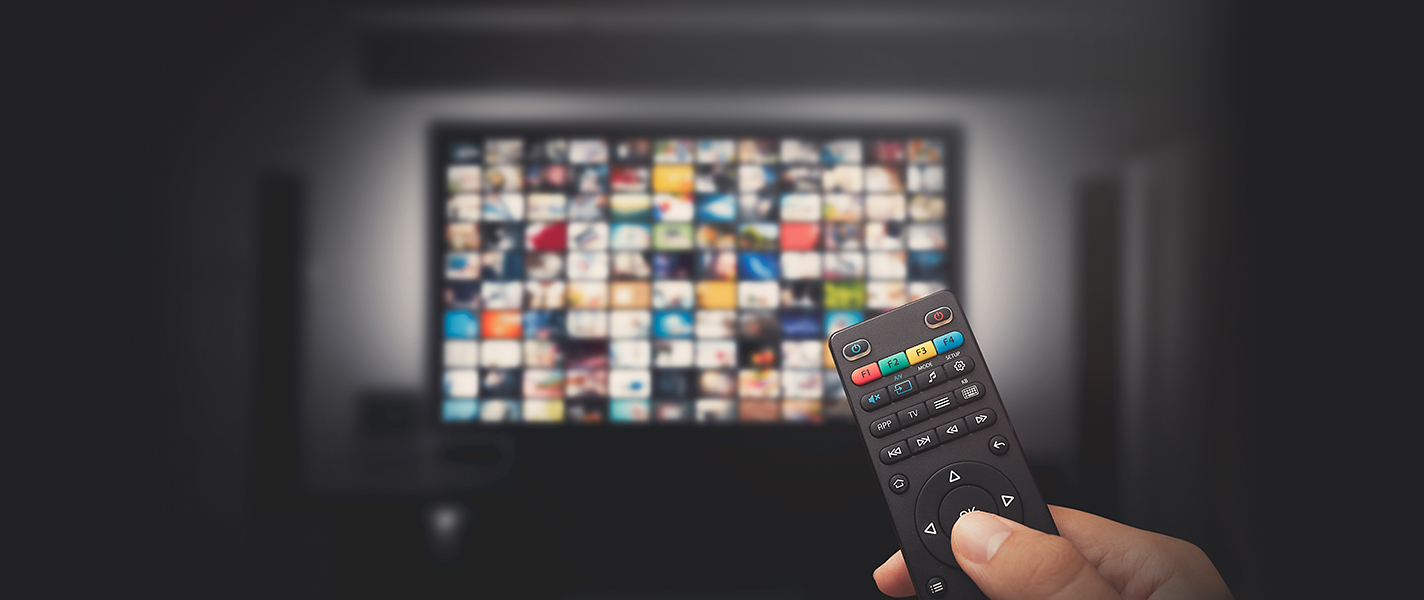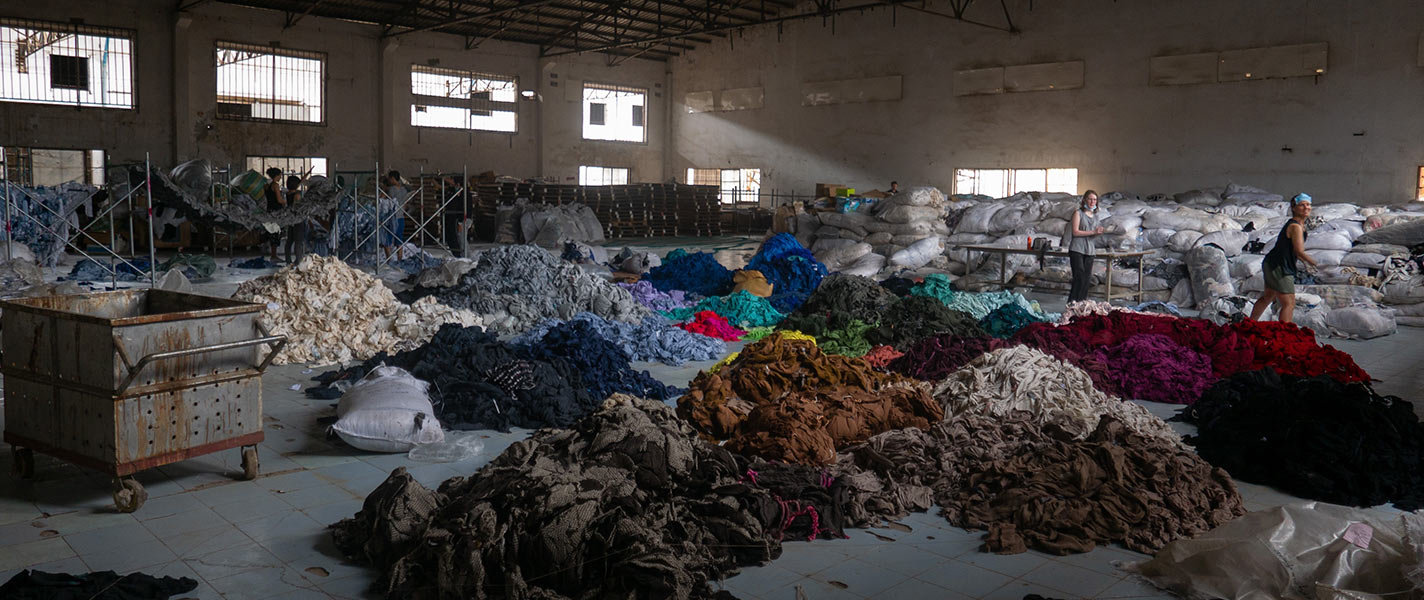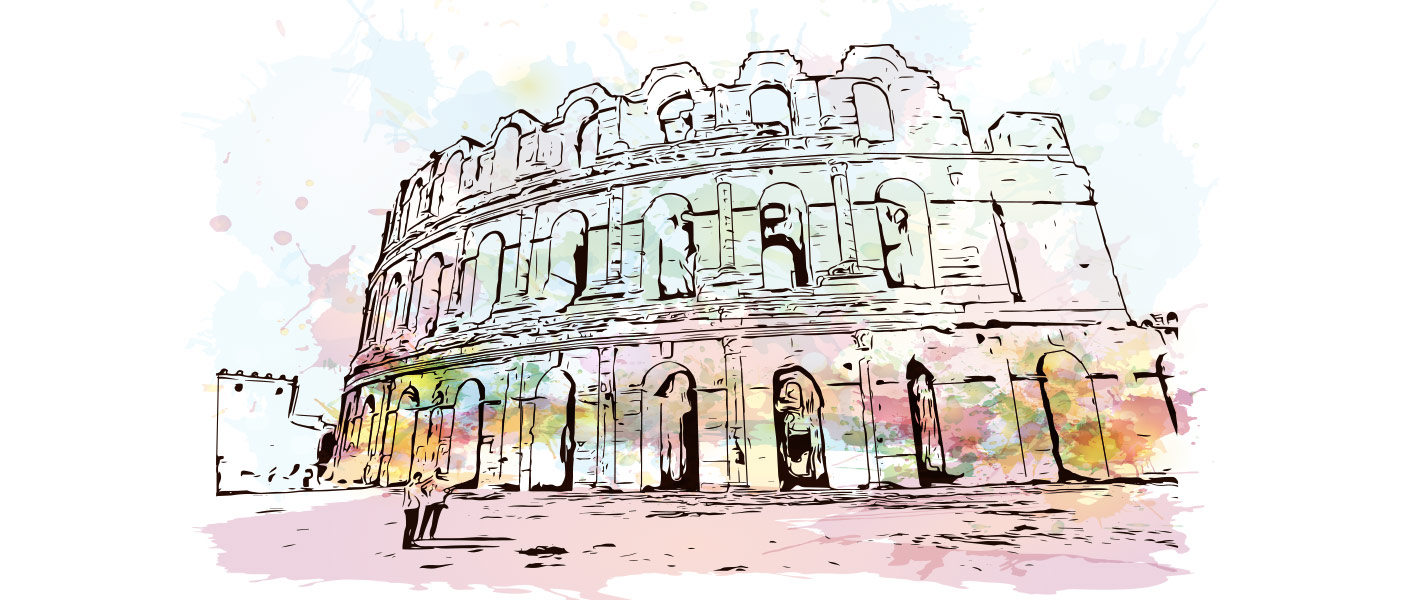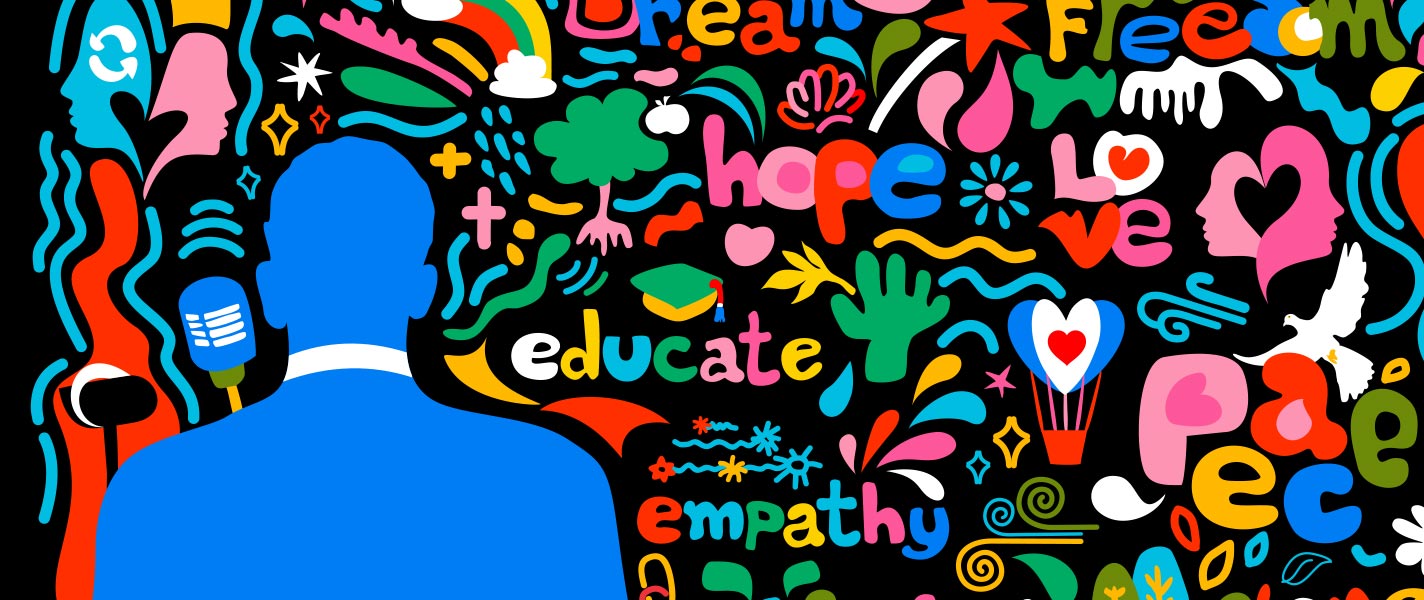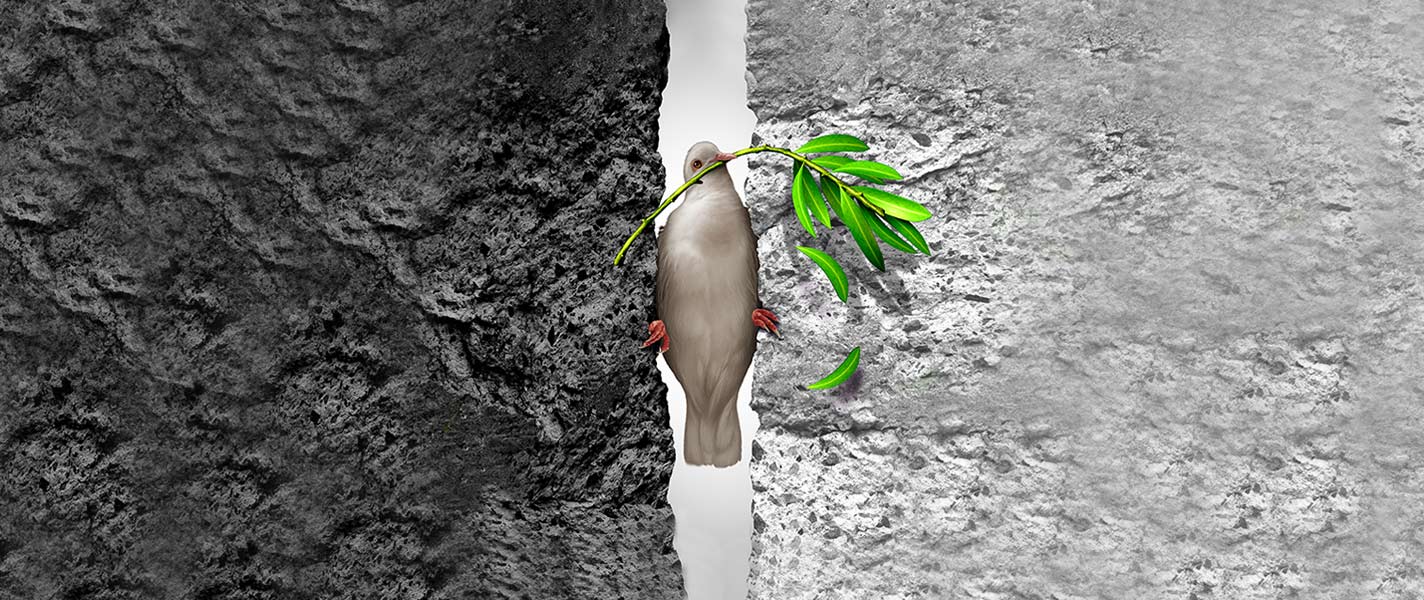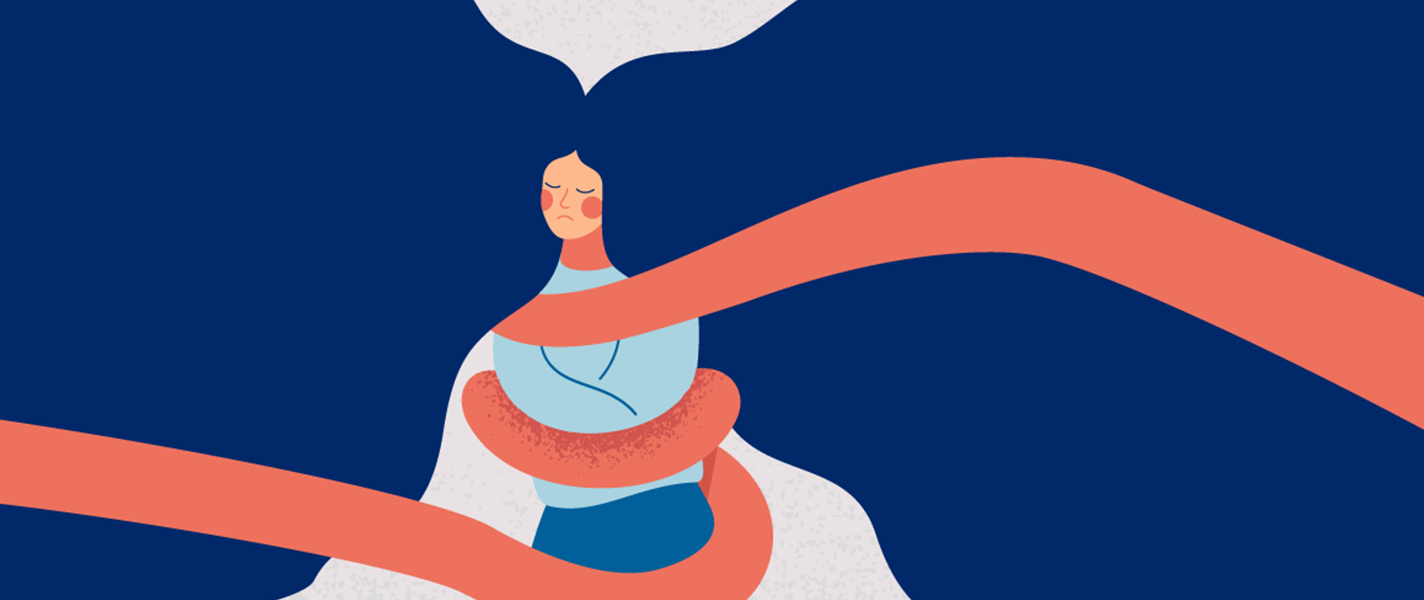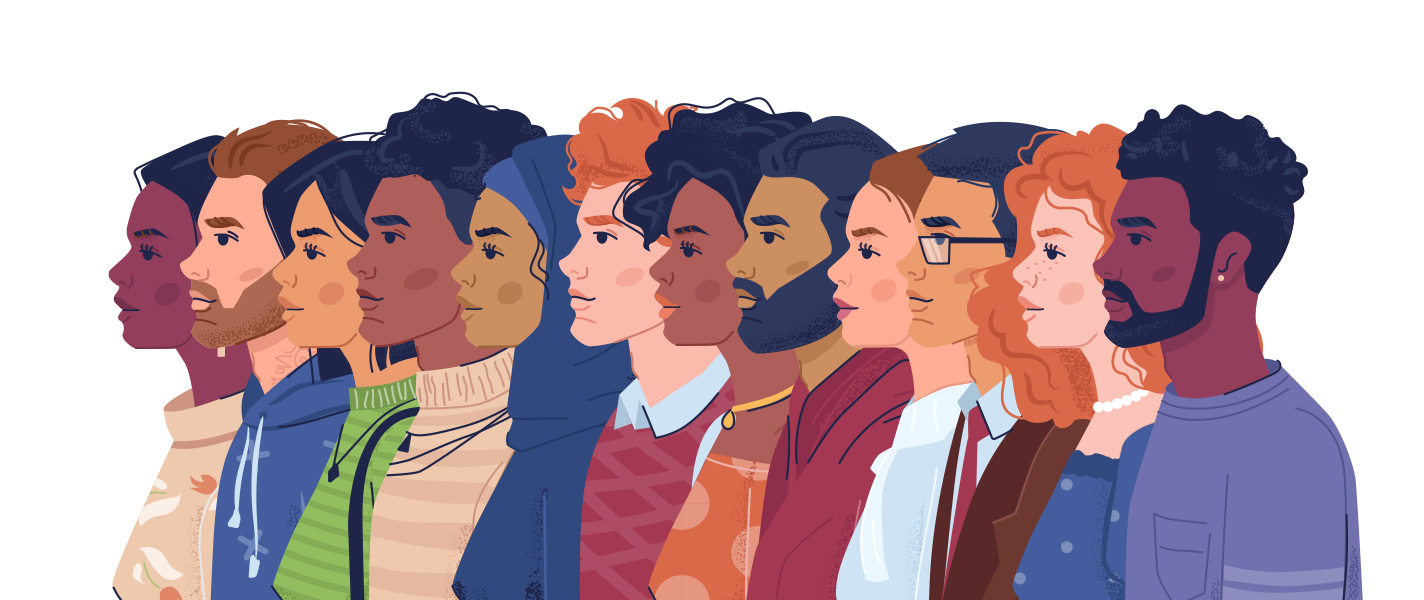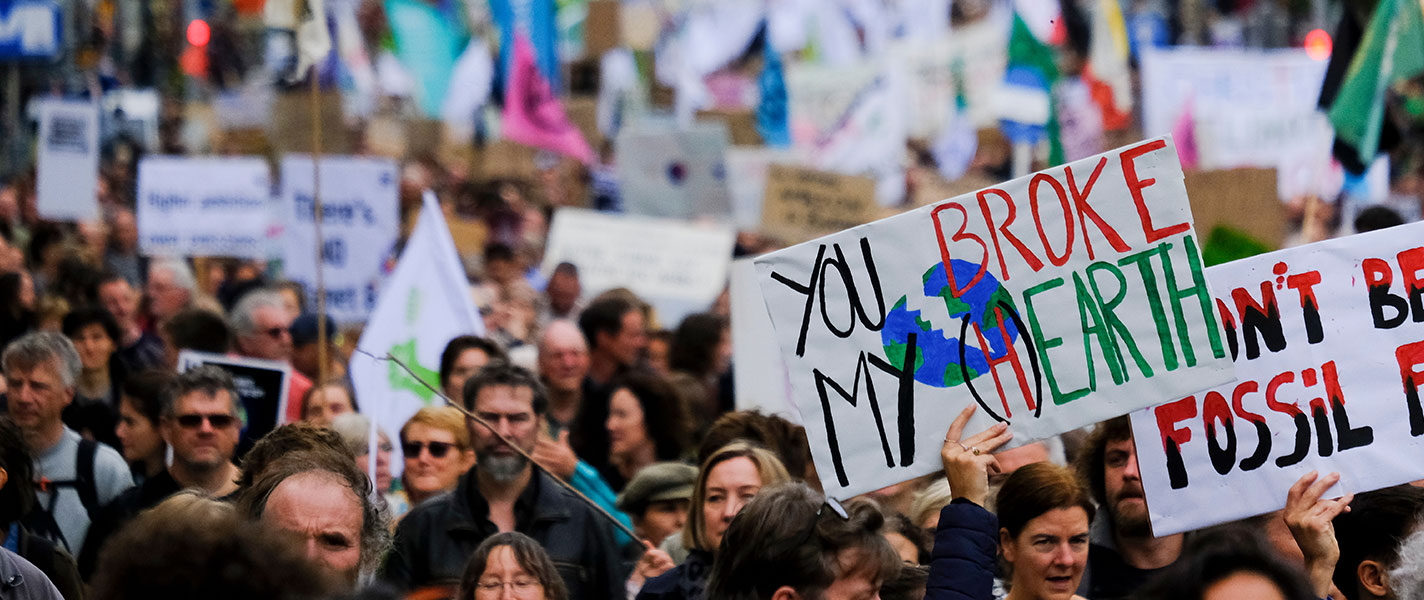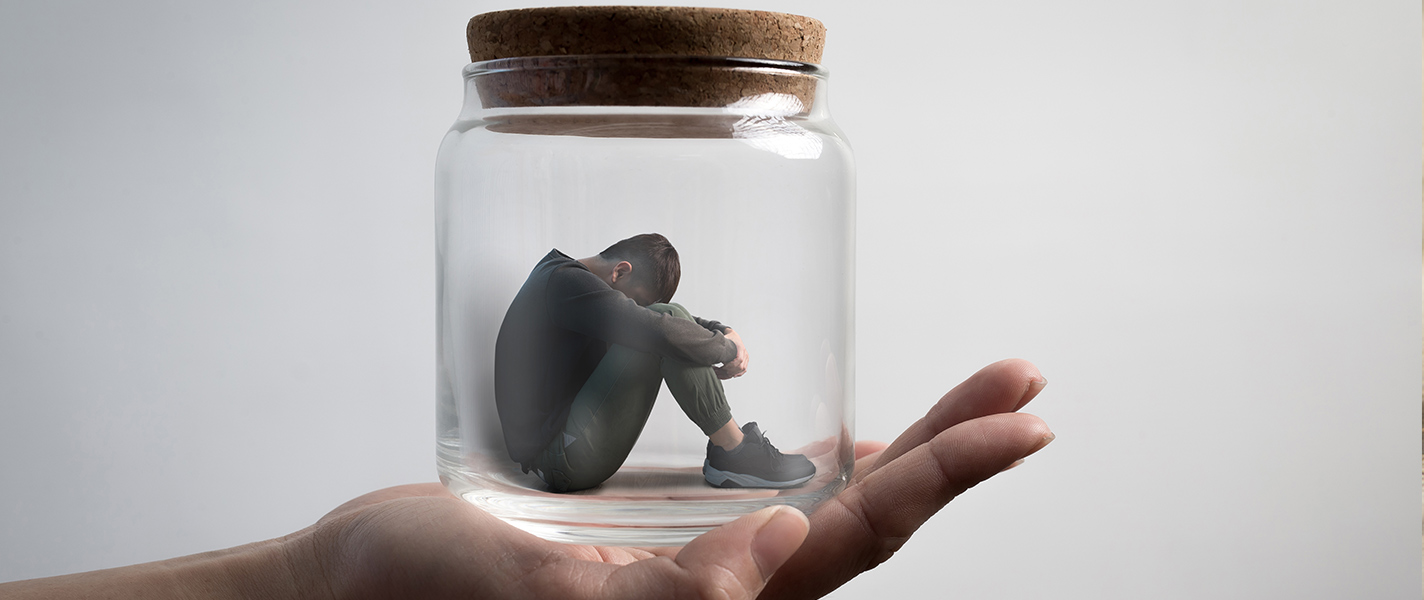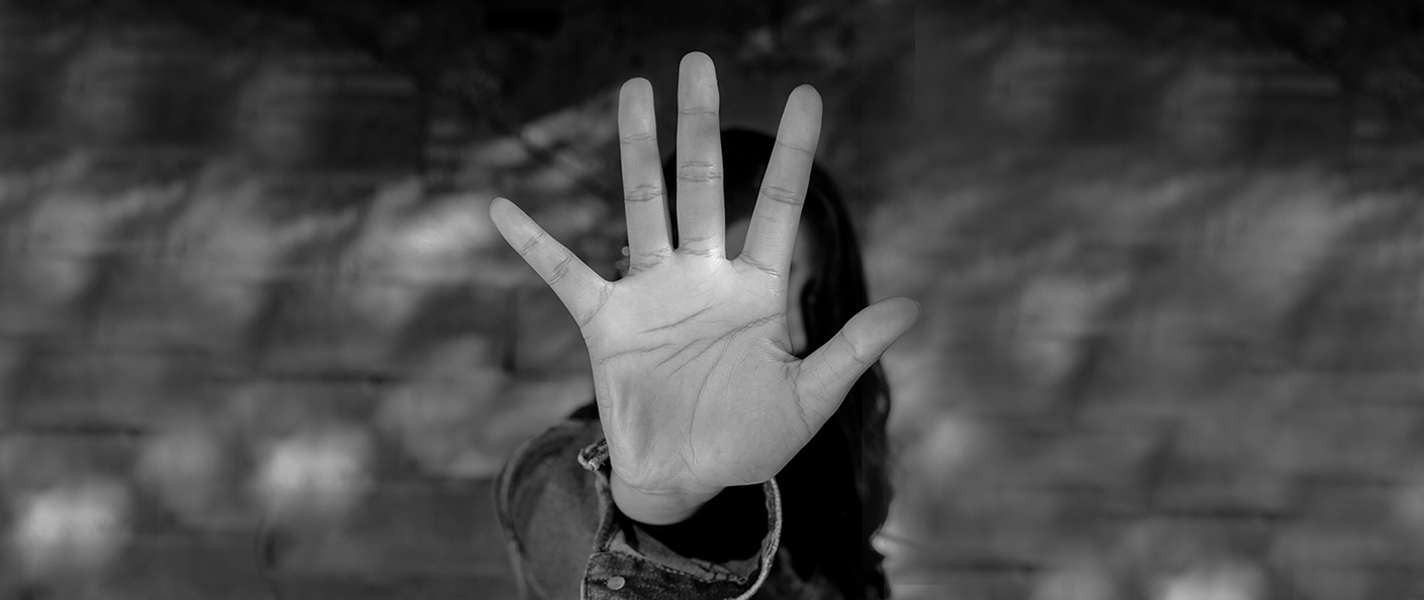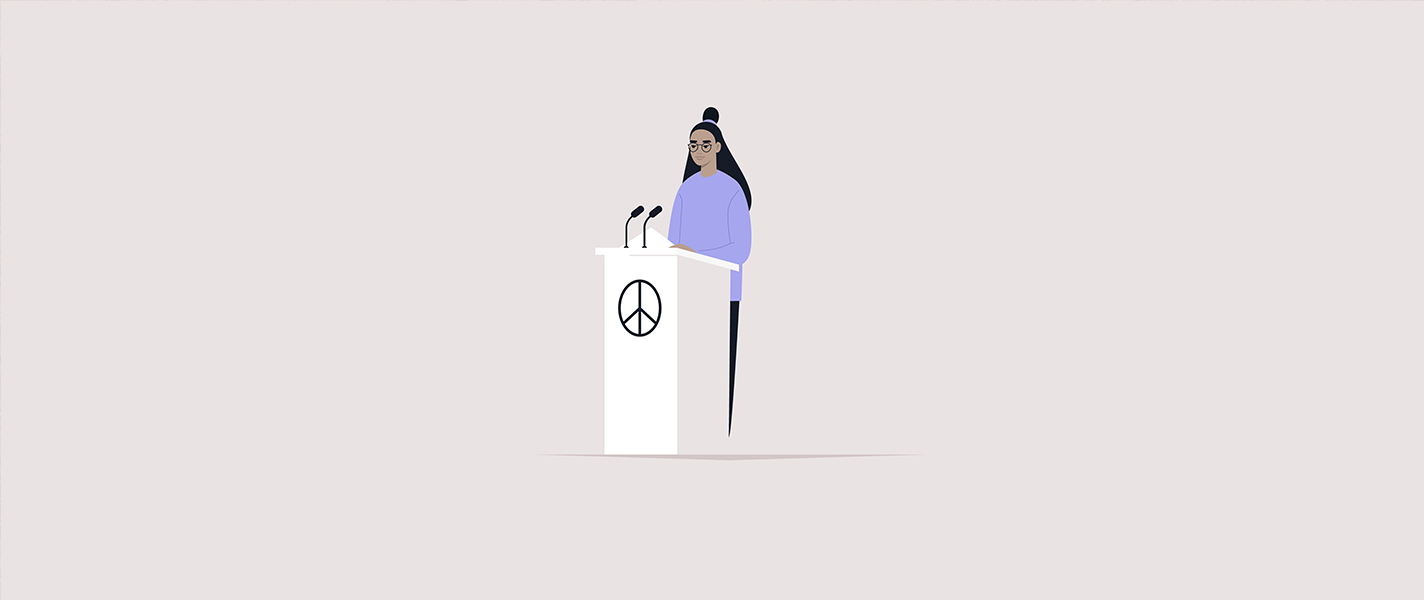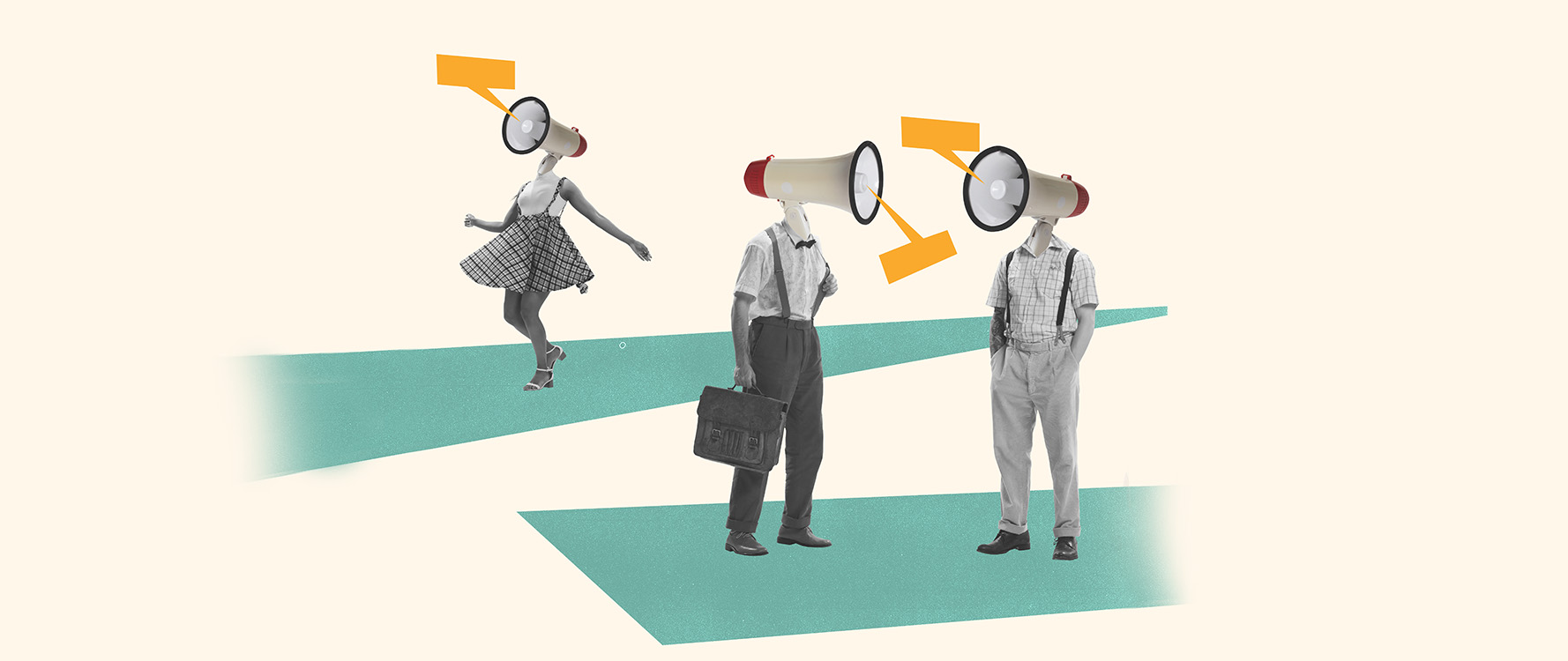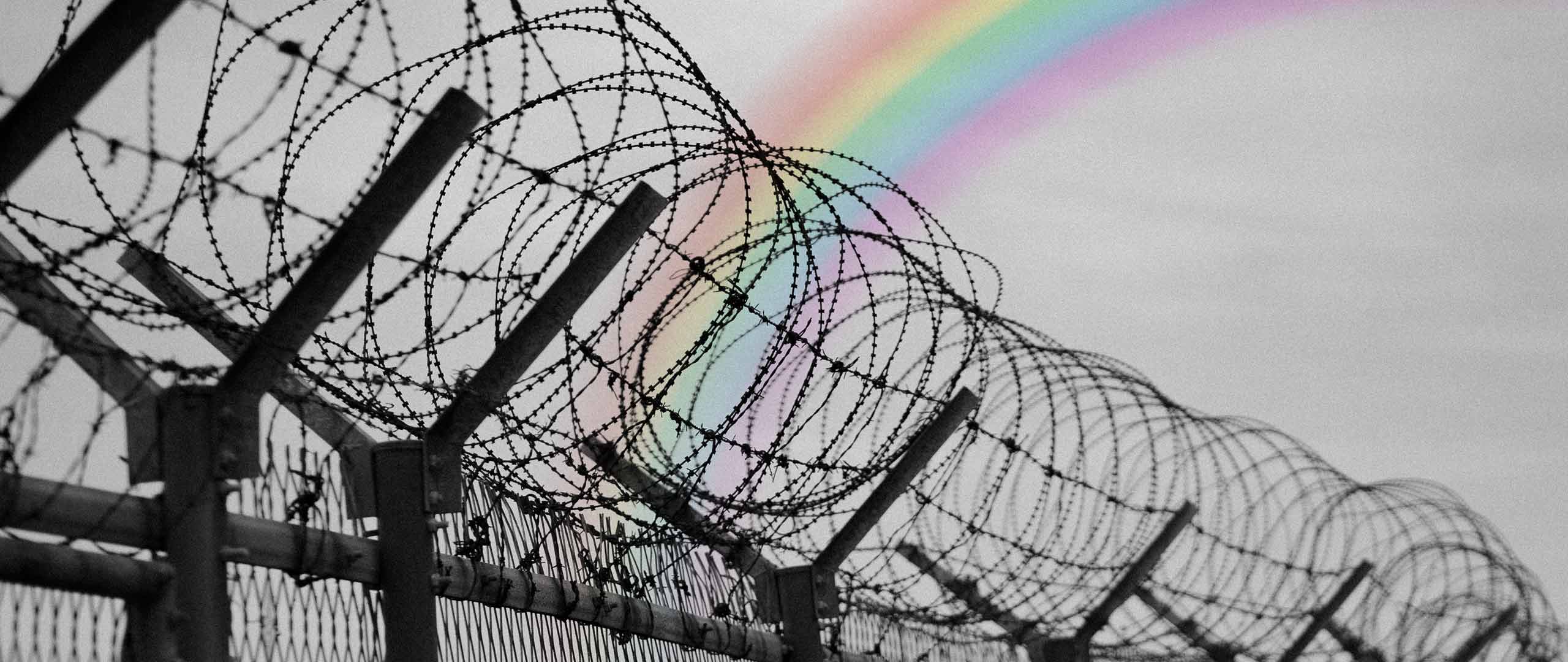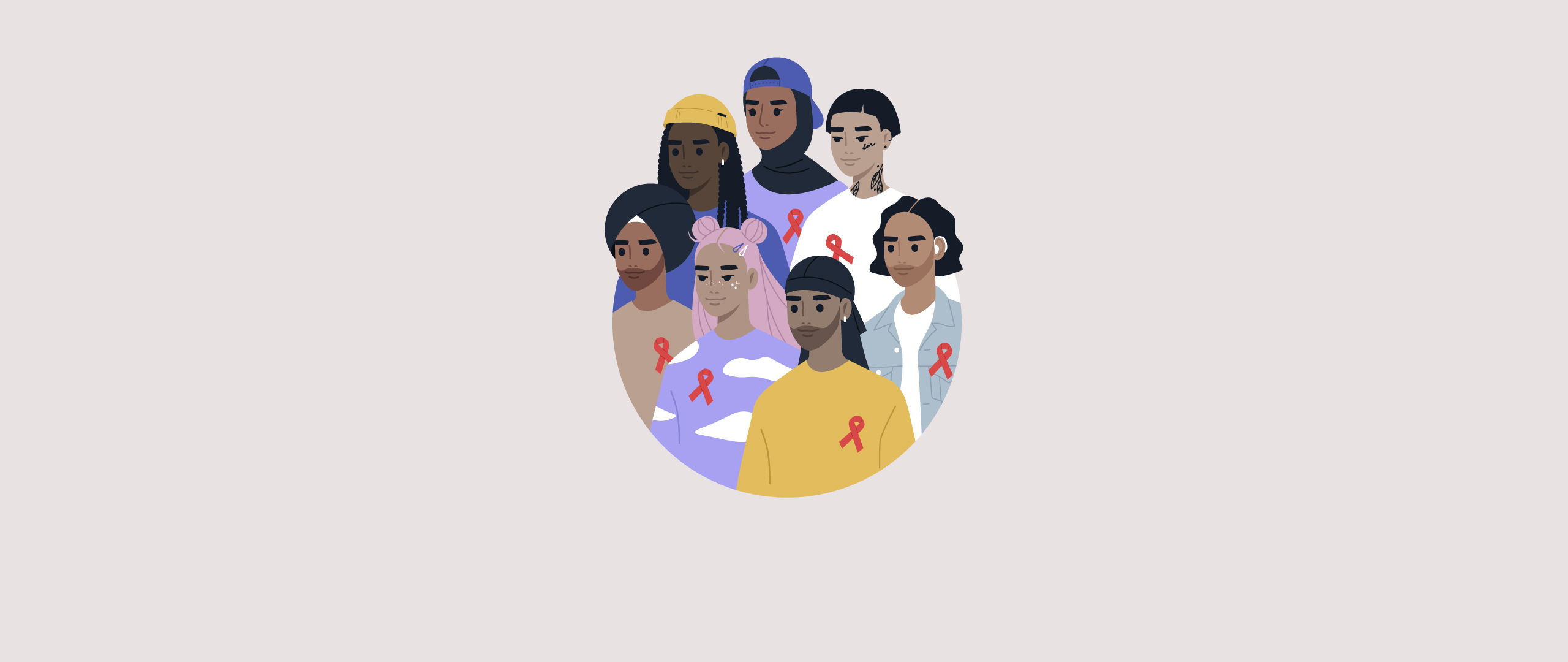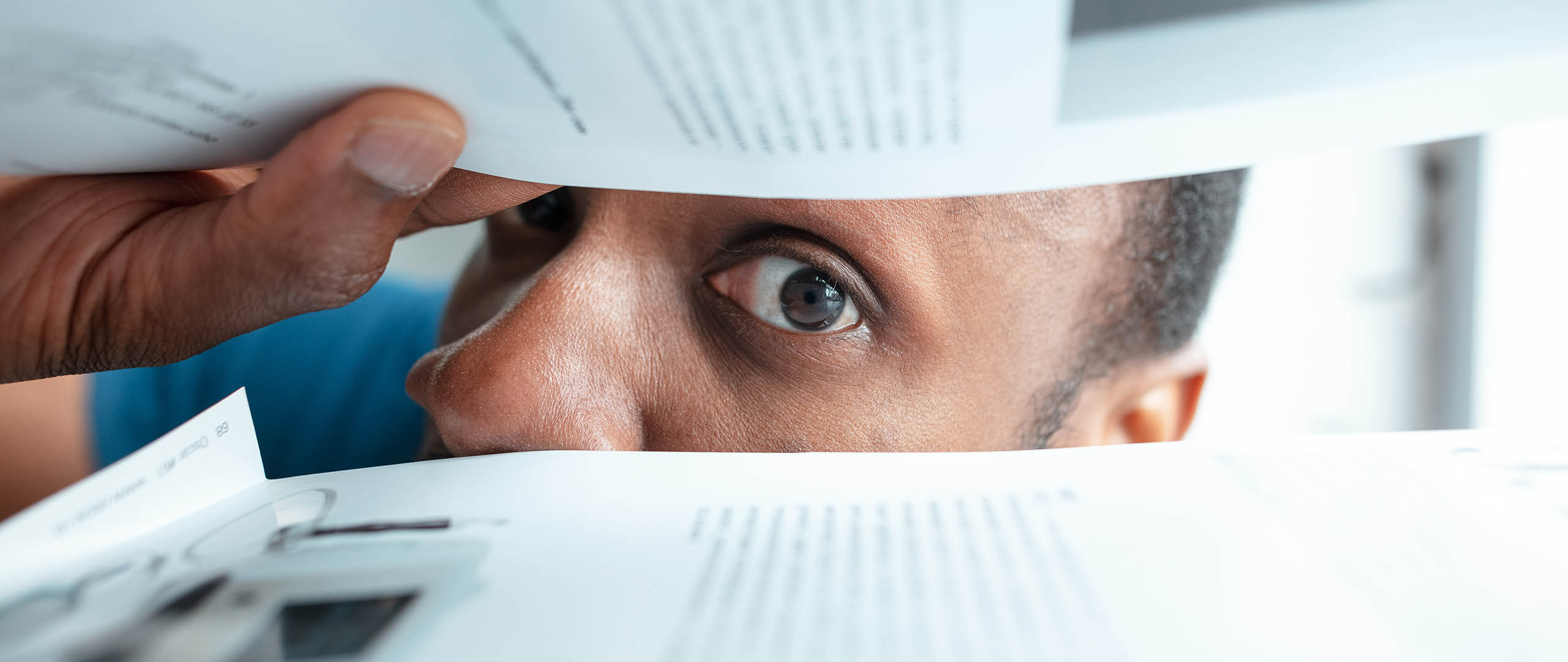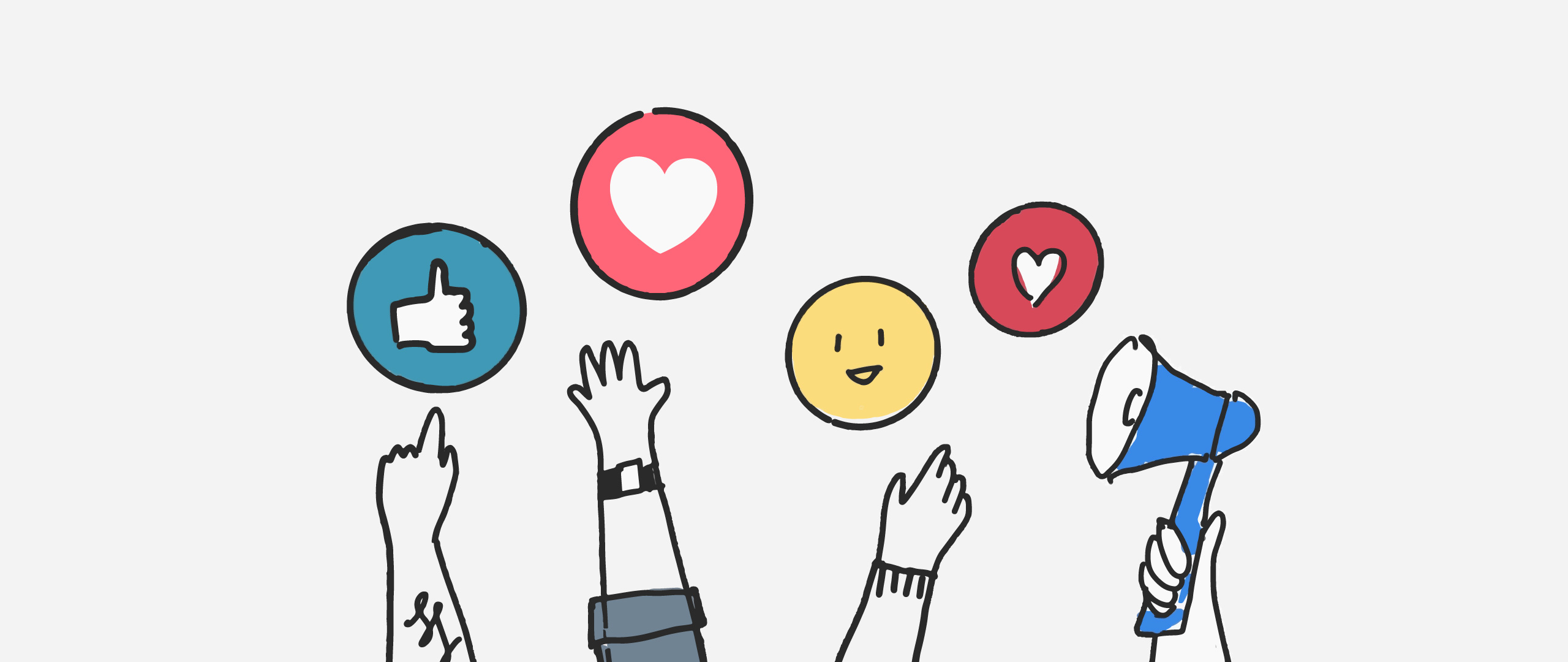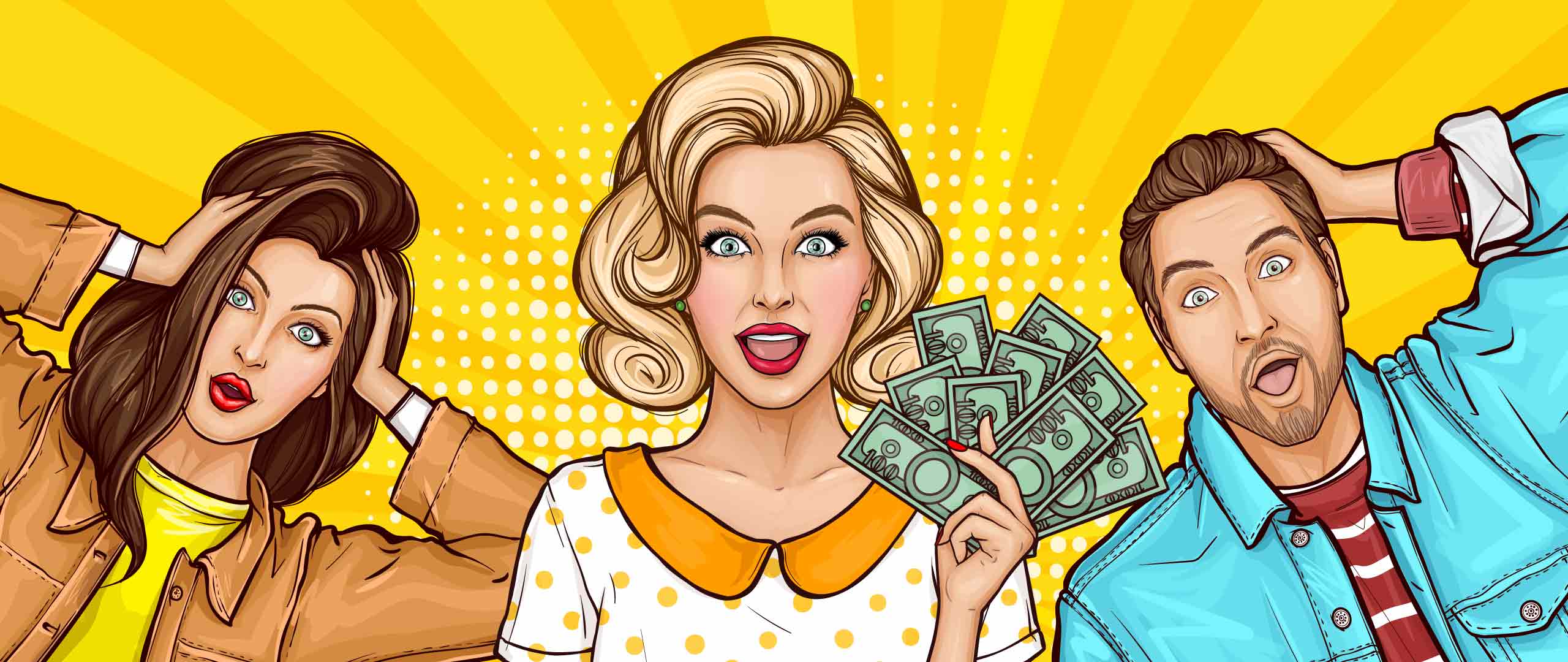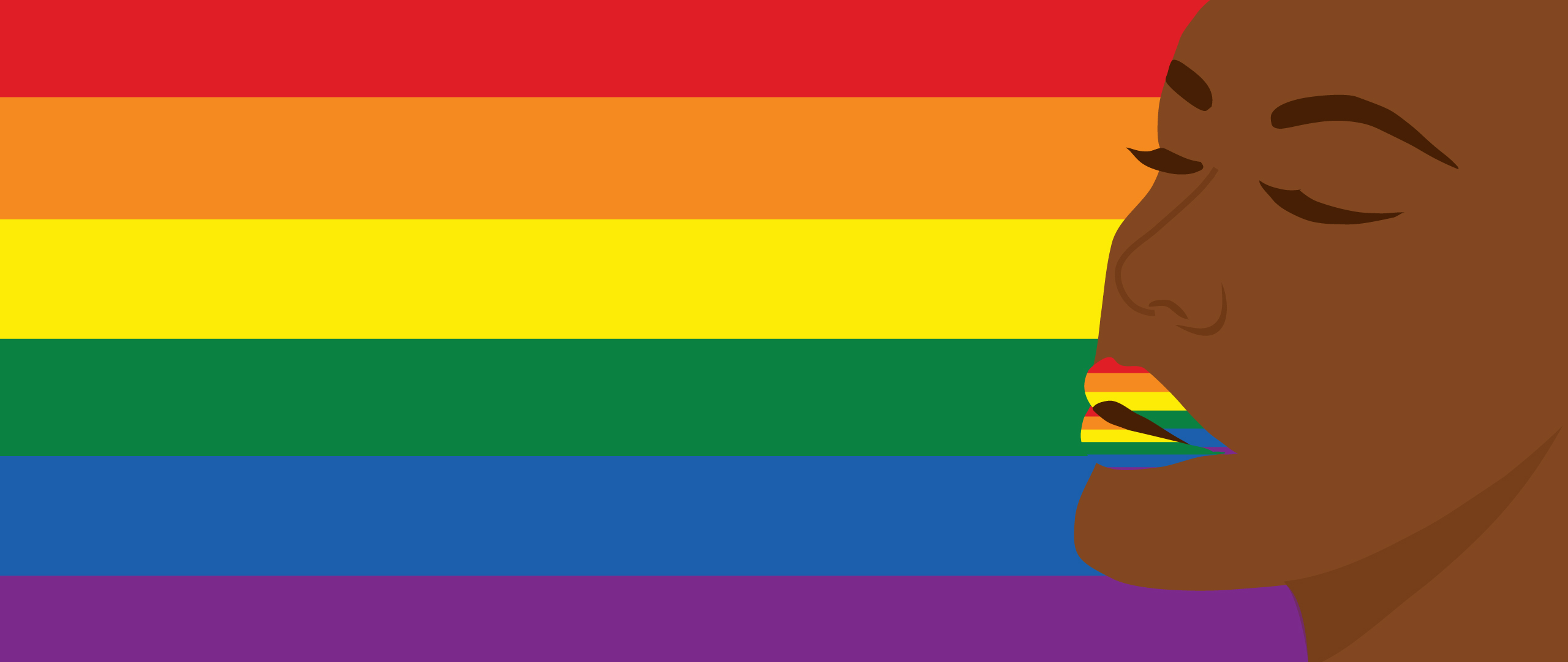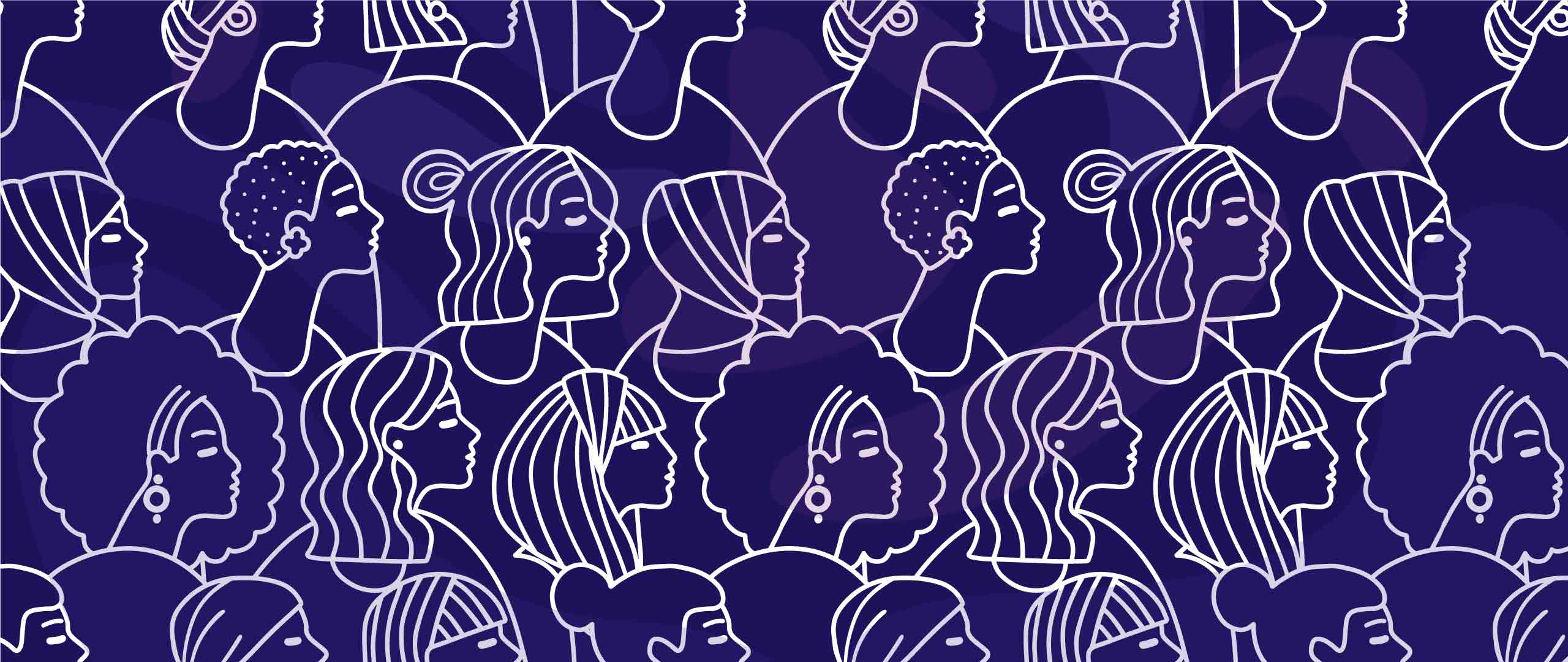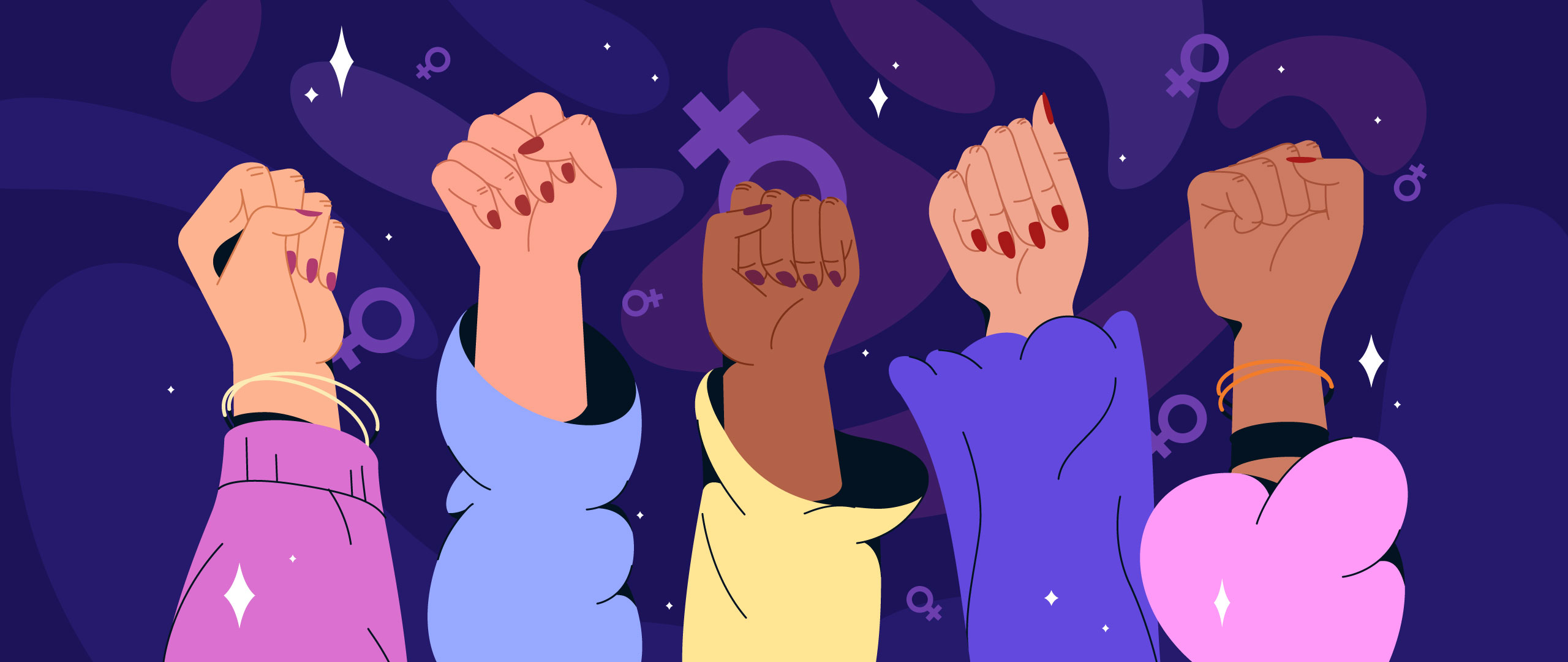Social Media: A Digital Minefield
“No medium is excessively dangerous if its users understand what its dangers are.”- Neil Postman, Amusing Ourselves to Death: Public Discourse in the Age of Show Business
The month of May started with a shocking event that was devastating to hear; the death of Mohamed Haydar Istanbuli, 6, a young Lebanese boy by a fatal heart attack after seeing scary scenes filmed for TikTok. The infamous videos featured girls dressed in black with covered faces carrying swords. As an outcome of this unfortunate tragedy, three people were detained by the police for further investigation.
This tragic incident has to be a wake-up call for us to reflect on the limitations of our use of social media. How do we know when to stop? And how do we know what type of content to follow and engage with?
Even though social media platforms have their own multiple perks; their development and frequent use by millions of people from around the world have rendered them more dangerous than ever. In this light, its role has evolved from getting people closer together and burning bridges to actually turning to unhealthy and quite problematic means of communication, promoting negative experiences such as fear of missing out (FOMO), self-absorption, addiction, and anxiety among many others. It is hardly surprising nowadays that people will go to extreme lengths and beyond to gain their 90 minutes of fame. For instance, people can find an easy way to become more prosperous through TikTok and Instagram instead of relying on traditional ways of pursuing a job.
Amplifying Extreme Views
Nevertheless, social media became a double-edged sword, an integral yet adverse part of modern life for many people and for a plethora of reasons. It introduced us to the realms of cyber-bullying, cancel culture, and other lethally trendy challenges. Furthermore, it introduced us to the propaganda of the masses. Social media has turned into a tool to be used to dictate what is “right” and what is “wrong”, as well as what should be accepted and what should not. If anyone wanted to go out of these tailored rules, they would become a clear target of "cancel culture" and hence be subject to cyberbullying and hate speech.
As a defining part of our generation, social media contributed to creating connections with individuals from all over the globe, sharing perspectives and different ways of thinking, but it has also provided us with the anonymity that some have misused to bully others and spread false information. In recent statistics shared by Broadband Search, 36.5 percent of people feel they have been cyberbullied in their lifetime with 60 percent of teenagers having experienced some sort of cyberbullying. Hence, regardless of one’s use of social media, the potentially harmful influence is inevitable.
In other devastating events, some TikTokers lost their lives attempting some dangerous challenges. Some of them included the use of drugs, inhaling certain types of toxins and even trying deadly tricks. All of that in an attempt to go viral, “break the internet” and gain viewership in the hope of getting richer easily. Surprisingly, there is even an entire hashtag on TikTok depicting all these tragic incidents. Here, one might wonder if this should be considered a means to raise people’s awareness of the dangers of these challenges or if would it fail to reach that goal and encourage people to attempt some of the challenges just to become trendy. An example of these tragic events is the 13-year-old Jacob Stevens who died after attempting a TikTok challenge of consuming large amounts of allergy medicine “Benadryl”. Mohamed Haydar and Jacob are only two names from a countless list of names of social media victims.
Social media platforms have also created some sort of an ideal that we must attain; a symmetrical face, shiny hair, and sculptured body. It has created an unrealistic body image that perpetually changes according to the trend. Even though some of the trends did encourage a healthy body and promoted body positivity; others encouraged cyberbullying to those who did not meet these standards. This has created a psychological as well as a physical toll on its users. In their report on body image in 2020, Facebook’s researchers found that 40 percent of teen boys experienced negative social comparison.
So, how to support teenagers handle social media safely and efficiently?
Moderation is the keyword here. In moderation, social media use can be substantially innocuous and even beneficial for teenagers to positively build connections and gain knowledge. Another important step is to start a conversation on the real aim of social media which is amplifying viewership in the interest of making money.
The article represents the views of its writer and not that of LEED Initiative.
